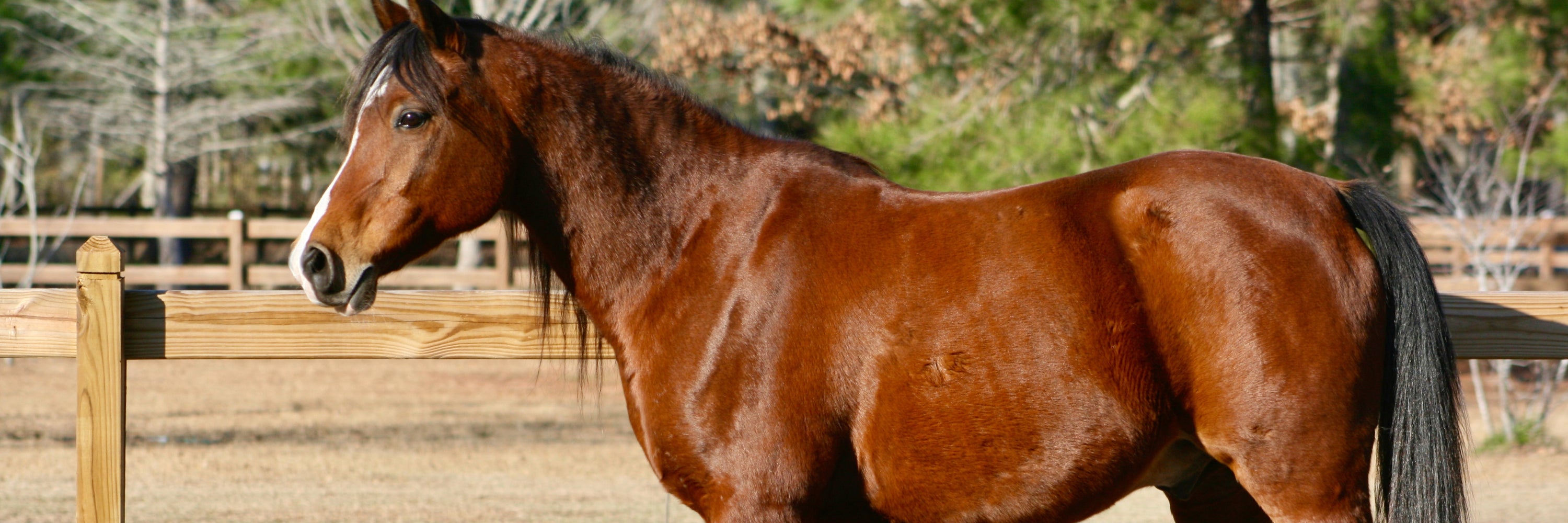
Cushing's Disease in Horses and Equine Metabolic Syndrome
Information-At-A-Glance
-
Why pasture grass has the potential to be harmful to your horse
-
The root cause for many of the obese and overweight Horses
-
Cushing's Disease and Equine Metabolic Syndrome - How they are related and how they are different
-
Why so many horses now suffer from Equine Metabolic Syndrome
-
Simple Nutritional Supplements to help a metabolically challenged horse
Shop Natural Horse Supplements
_____________________________________________________________________________________________
 If you are around horses long enough, you will undoubtedly experience a plethora of ailments and conditions that will challenge your instincts and at times even confound your vet. When my horse Keli foundered almost three decades ago, I was shocked, in tears, and horrified at the prospect of having to possibly euthanize my beloved 10-year-old Arabian gelding. While he has since passed, I was able to successfully rehabilitate him through proper nutrition, pasture management, and months of daily therapeutic hoof care. Repeat X-rays taken several years after he foundered would prove that the six degrees of rotation Keli had experienced in both front feet had totally reversed and his coffin bones were once again securely attached to their laminae within the hoof capsules with zero degrees of rotation. When he made his final journey across the Rainbow Bridge at the age of 28, Keli was still barefoot, totally sound and considered a founder success story.
If you are around horses long enough, you will undoubtedly experience a plethora of ailments and conditions that will challenge your instincts and at times even confound your vet. When my horse Keli foundered almost three decades ago, I was shocked, in tears, and horrified at the prospect of having to possibly euthanize my beloved 10-year-old Arabian gelding. While he has since passed, I was able to successfully rehabilitate him through proper nutrition, pasture management, and months of daily therapeutic hoof care. Repeat X-rays taken several years after he foundered would prove that the six degrees of rotation Keli had experienced in both front feet had totally reversed and his coffin bones were once again securely attached to their laminae within the hoof capsules with zero degrees of rotation. When he made his final journey across the Rainbow Bridge at the age of 28, Keli was still barefoot, totally sound and considered a founder success story.
Pasture Grass Should Be Optimum Forage For Horses, Right? Wrong.
Back to the beginning, after the initial shock wore off from Keli’s diagnosis, I had a lot of questions for my vet, the big one being why had he foundered to begin with? My vet patiently explained that it was complicated and had to do with the high sugar content of the rich spring grass and the horses’ inability to metabolize the excessive carbohydrate load. But, why? Horses are herbivores, pasture grasses should be optimum forage for them, right? Wrong. But why? That was when it was suggested that my horse was possibly suffering from Cushing’s Disease, predisposing him to the founder that now threatened to cripple or even kill him.
Cushing’s Disease (or PPID) vs Equine Metabolic Syndrome
Cushing’s Disease, or pituitary pars intermedia dysfunction (PPID), is the most common endocrine disorder in horses and occurs when there is an abnormal growth in the pars intermedia portion of the pituitary gland. I had experienced this condition a few years earlier with one of Keli’s pasture mates, Romeo. Romeo was a stunning chestnut, 16.3hh Saddlebred and over the years he developed a long, curly hair coat that failed to shed out in the spring. His owner would have to clip him a lot to keep that hair at bay as he was always sweating. When the muscle wasting and stumbling settled in, it wasn’t long before Romeo’s condition could no longer be ignored. This was back in the early 1990s, the internet was just getting rolling and there was limited access to what information was out there regarding Cushing’s Disease in Horses, but Romeo’s owner was persistent and finally found a vet who knew about Cushing’s and had successfully treated several horses for the condition. Sadly, by the time this vet was located, it was too late for Romeo and his symptoms were too far advanced for therapeutics to work for him and the decision was finally made to euthanize him at the age of 30.

If I compared the two horses, however, I knew that Keli wasn’t old like Romeo, his hair wasn’t long and curly, he didn’t sweat a lot or have chronic infections, excessive thirst and urination, all symptoms of Cushing’s Disease in horses. This only brought on more questions and I was confused as to how this could be what had caused Keli to founder. My research from that point forward led me to Insulin Resistance and Equine Metabolic Syndrome (EMS) and the pieces finally began to fall into place. Equine Metabolic Syndrome is really a collection of clinical signs and pathological changes that occur in horses and results from the horses’ inability to properly metabolize dietary carbohydrates. While Cushing’s Disease is most often diagnosed in horses over the age of 15 and involves tumor growth in the pituitary gland, EMS typically develops in horses between 5-16 years old and doesn’t develop due to tumor growth. The condition is most common in Saddlebreds, Morgans, Mustangs, Quarter Horses, Tennessee Walking and Paso Fino breeds. Horses diagnosed with EMS are usually overweight with increased fat patches in the neck and tailhead regions. They often suffer from chronic laminitis and are susceptible to founder episodes. While EMS may be a predisposing factor, not all horses with EMS will go on to develop the pituitary tumor indicative of a clinical diagnosis of Cushing’s Disease. But these horses should be carefully monitored to detect the possible onset of PPID as it will exacerbate insulin dysregulation in horses, continuing to fuel the debilitating symptoms.
Why The Rise In Equine Metabolic Syndrome?
 While Equine Metabolic Syndrome may have given me the answer as to why my horse foundered that spring, I now had questions surrounding why horses become afflicted with EMS to begin with. I was a child in the 1960s and 1970s and back then horses were on pasture 24/7, were fed supplemental hay and occasional whole oats, had free access to salt licks and fresh, clean water, and they were healthy! It wasn’t necessary to feed them supplemental vitamins or minerals. There were no complete feeds formulated for senior or performance horses and we didn’t need gut probiotics or comprehensive joint supplements. We dealt with wounds, skin irritations, occasional abscesses, but Cushing’s Disease? Equine Metabolic Syndrome? Insulin Resistance? All unheard of. So, what happened? What changed in the 1980s and 1990s, and what is going on today that we now have to be concerned with all of these devastating metabolic diseases in our horses?
While Equine Metabolic Syndrome may have given me the answer as to why my horse foundered that spring, I now had questions surrounding why horses become afflicted with EMS to begin with. I was a child in the 1960s and 1970s and back then horses were on pasture 24/7, were fed supplemental hay and occasional whole oats, had free access to salt licks and fresh, clean water, and they were healthy! It wasn’t necessary to feed them supplemental vitamins or minerals. There were no complete feeds formulated for senior or performance horses and we didn’t need gut probiotics or comprehensive joint supplements. We dealt with wounds, skin irritations, occasional abscesses, but Cushing’s Disease? Equine Metabolic Syndrome? Insulin Resistance? All unheard of. So, what happened? What changed in the 1980s and 1990s, and what is going on today that we now have to be concerned with all of these devastating metabolic diseases in our horses?
I’ll tell you what happened…glyphosate happened, and what this one chemical has done to all forms of life has been devastating and so destructive to the biological processes that keep us alive and healthy it can no longer be ignored and swept under the rug as harmless to everything except weeds. It is not harmless to us, our horses, dogs, the environment and all its inhabitants. Not simply used for weed control any longer, glyphosate (‘Round-Up’ being the most commonly recognized brand name containing glyphosate) is not safe and without consequence in any application. When applied to our crops, It ravages the soils, destroying the fungi and bacteria that provide the building blocks our crops need to produce the essential amino acids that our bodies need to thrive. Dead soil cannot sustain healthy plant life so more chemical fertilizers are added to artificially fuel plant growth, but these plants are deficient in the nutrients they need–nutrients that would normally be provided by the fungi and bacteria that used to thrive in the soil–so the crops are weakened, have stunted growth, and become susceptible to diseases and harmful fungi that require still more chemicals to combat. The end result are crops that can no longer sustain us but rather, through their deficiencies and toxicities, fuel the rapid rise in disease states in ourselves, our horses and dogs and put us in the position of having to supplement our diets in order to ensure we are getting the daily nutrients we need to support healthy bodies–nutrients that used to be an inherent part of the foods that sustain us but are no longer present.

*Glyphosate is a glycine mimicker. Glycine is an amino acid essential to every living thing on earth. Glycine is most commonly found in bone, connective tissue, ligaments, tendons, skin and cartilage. Glyphosate, when introduced into a system, forces Glycine out and then inserts itself inside organic structures.
My research into Cushing’s Disease, Insulin Resistance and Equine Metabolic Syndrome uncovered the truths behind glyphosate usage and the connection between not just these conditions in our horses, but similar disease states in ourselves and dogs, too. The substantial endocrine system disruption and protein synthesis dysregulation that occurs because of glyphosate is clearly driving the many health conditions that have been on the rise since its introduction as a pesticide in the early 1970s and we can no longer hide from the truth. Glyphosate is destructive to all life forms and even if we were to stop using it entirely today, it would still take over 50 years before the beneficial bacteria and fungi would be able to return to our soils; bacteria and fungi that are critical for bringing life-sustaining nutrients back into the crops that we all depend on to nourish and heal our bodies.
Not a Death Sentence, An Opportunity to Learn and Heal
It is possible to reverse much of the damage and disease states caused by toxins and chemicals in the environment and food supply as I was able to do with my horse, Keli, our dogs and even myself. Once you know what is at the root of the problems, where to look for answers, and have the proper tools in your toolbox that will allow you to overcome the toxic burdens that have been forced upon you, your body can begin to heal from the onslaught.
If you know or suspect your horse may be suffering from Equine Metabolic Syndrome, Insulin Resistance or Cushing’s Disease, here are three simple, safe and effective nutritional supplements that may help to begin to reverse the damage and control symptoms:
1) Cinnamon–supports healthy blood sugar levels and inhibits the release of ACTH (hormone produced in the pituitary gland and released in excess with these conditions; it’s presence forces the adrenal glands to secrete excess cortisol in response);
2) Magnesium–May have a positive impact on glucose metabolism and is necessary for fat reduction, proper nerve and muscle function; and
3) Chromium–important for blood sugar regulation and encouraging the body to use fat stores for fuel, rather than storing it in abnormal patches throughout the body.
Join Us and Reach Out If You Need Help
Join us for future blogs where we uncover more truths surrounding the insidiousness of glyphosate, its role in many diseases afflicting us today—like diabetes and autism, insulin resistance, Cushing’s Disease and Equine Metabolic Syndrome—and how you can safely detox yourself and your animals for glyphosate and heavy metals using whole foods and elements of nature.
For more advanced support, personalized recommendations or specific questions, we are here for you. Please reach out and let us know what your situation is and how we can help! It takes a village, as they say, and we’ve got your back. Contact Us.
If you haven’t already, be sure to subscribe to our newsletter. We will send out notifications when new content is released and will periodically send out deals and discounts…you won't want to miss those!
Follow us on social media: @headleyholistics
Welcome to the Headley Holistics Herd, We are happy you’re here.
Shop Natural Horse Supplements
Want to learn more? Check out some of our other blog posts:
Founder in Horses - We discuss signs, symptoms and common causes of Founder in Horses. Plus, simple nutritional supplements to help combat Founder.
Seasonal Changes Influence Colic in Horse - Learn the early warning signs and symptoms of colic, Learn about the single most important product every horse owner needs and more!
Holistic Solutions for Common Horse Health Challenges - We share 11 helpful tips on caring for your horse holistically.

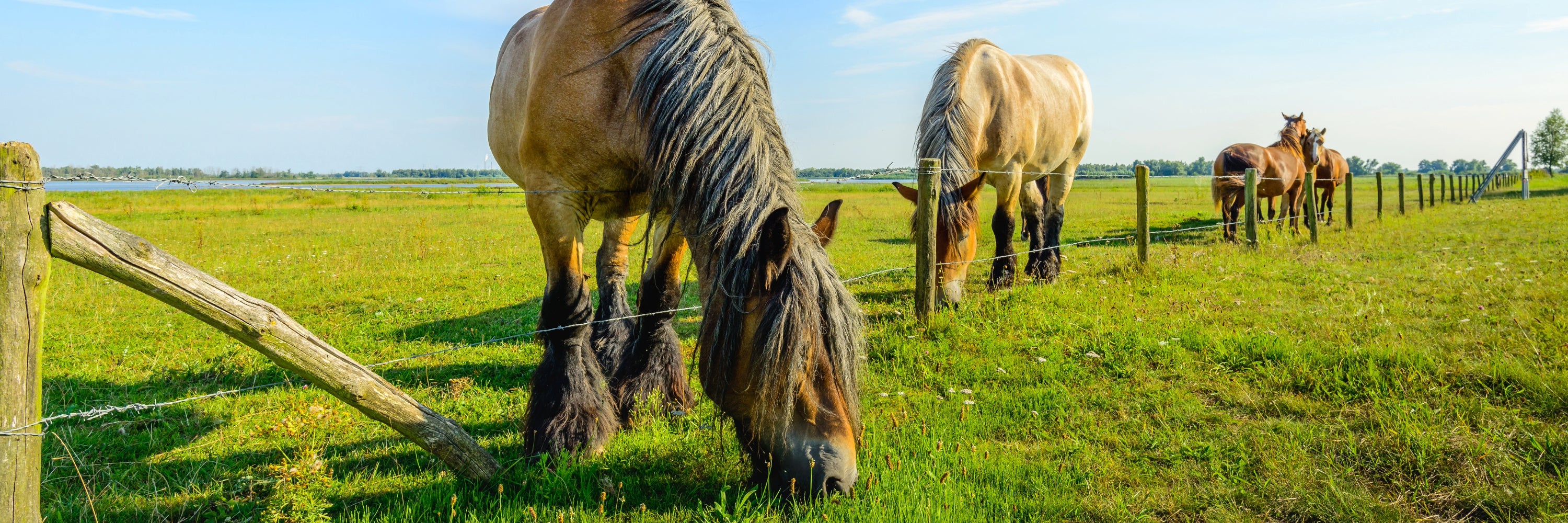
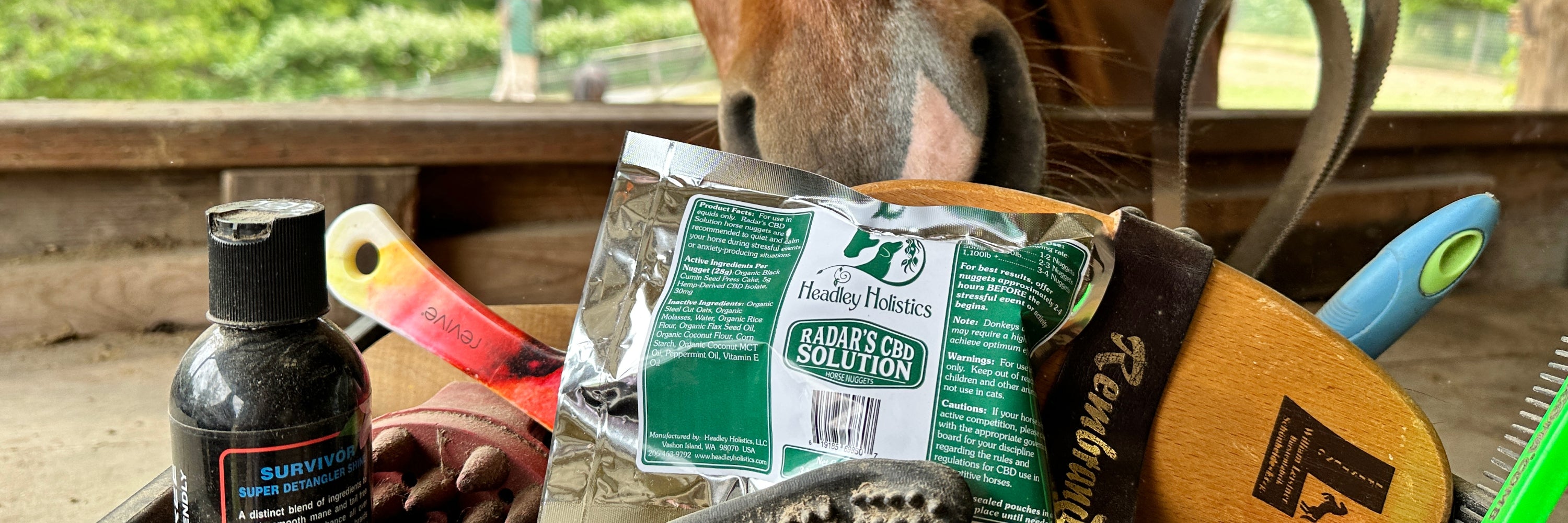
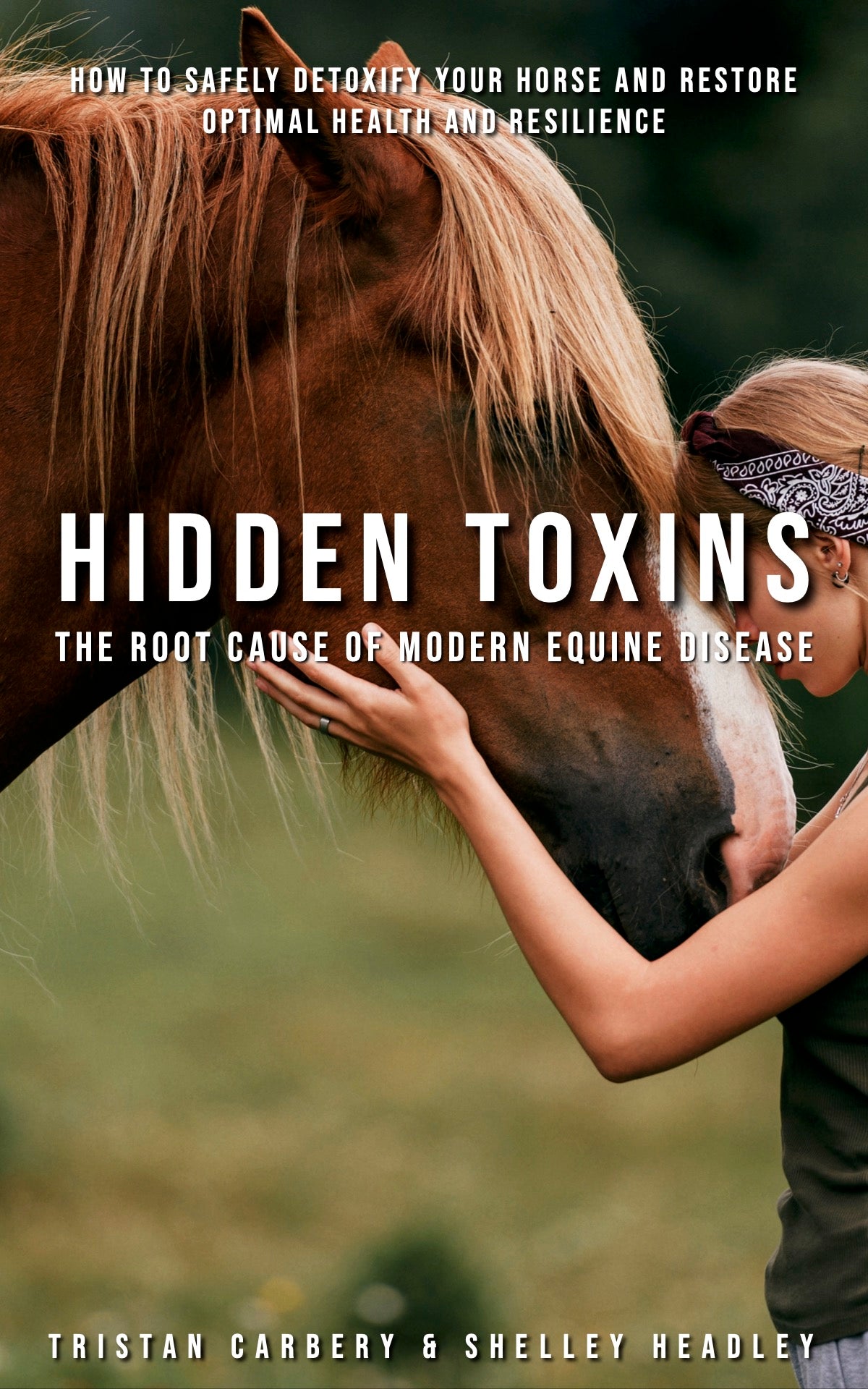
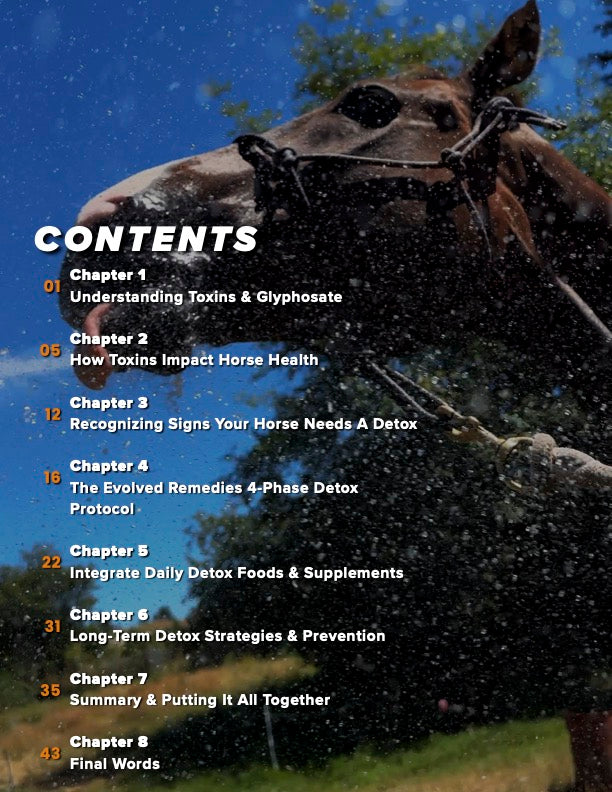
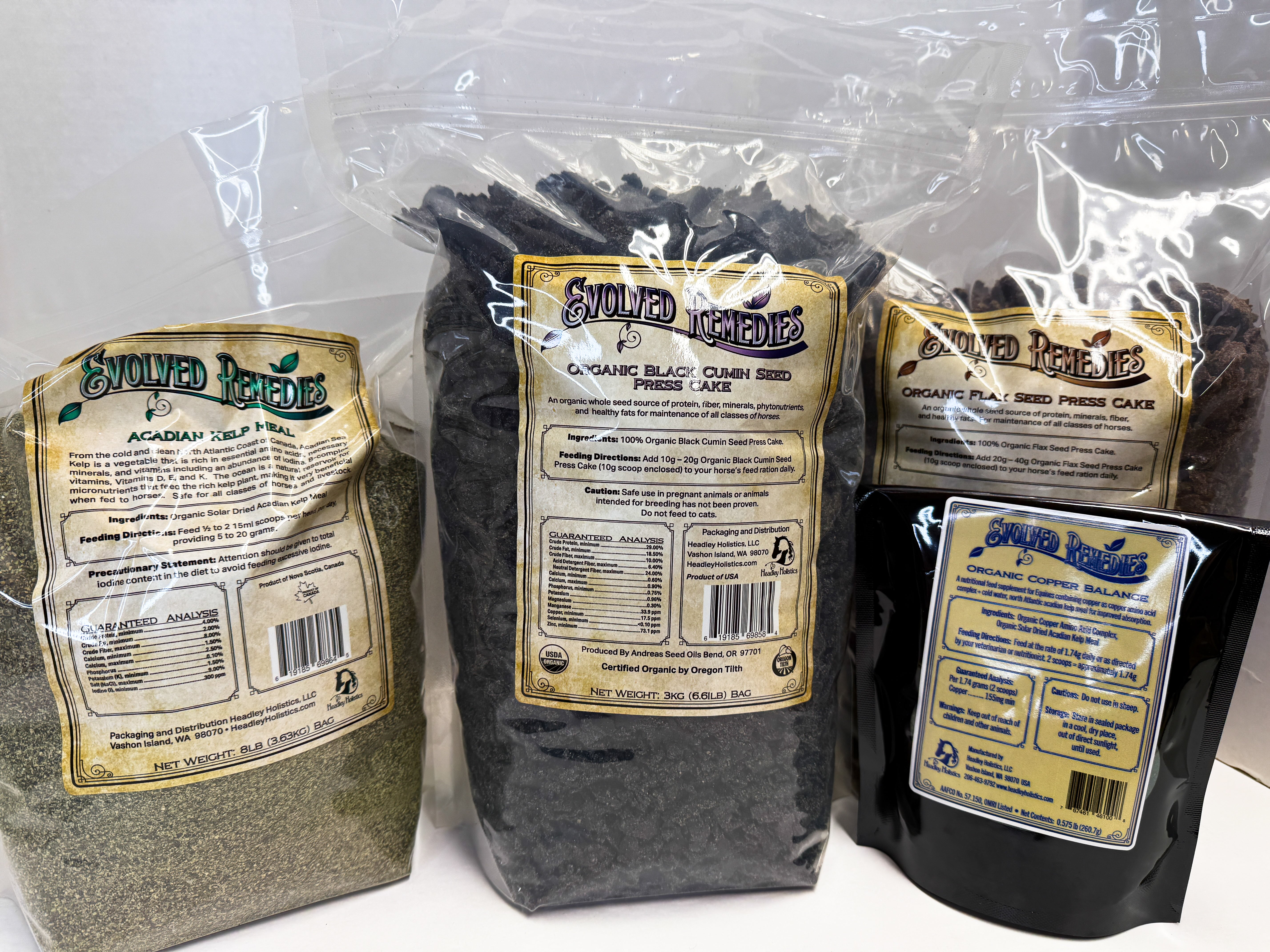

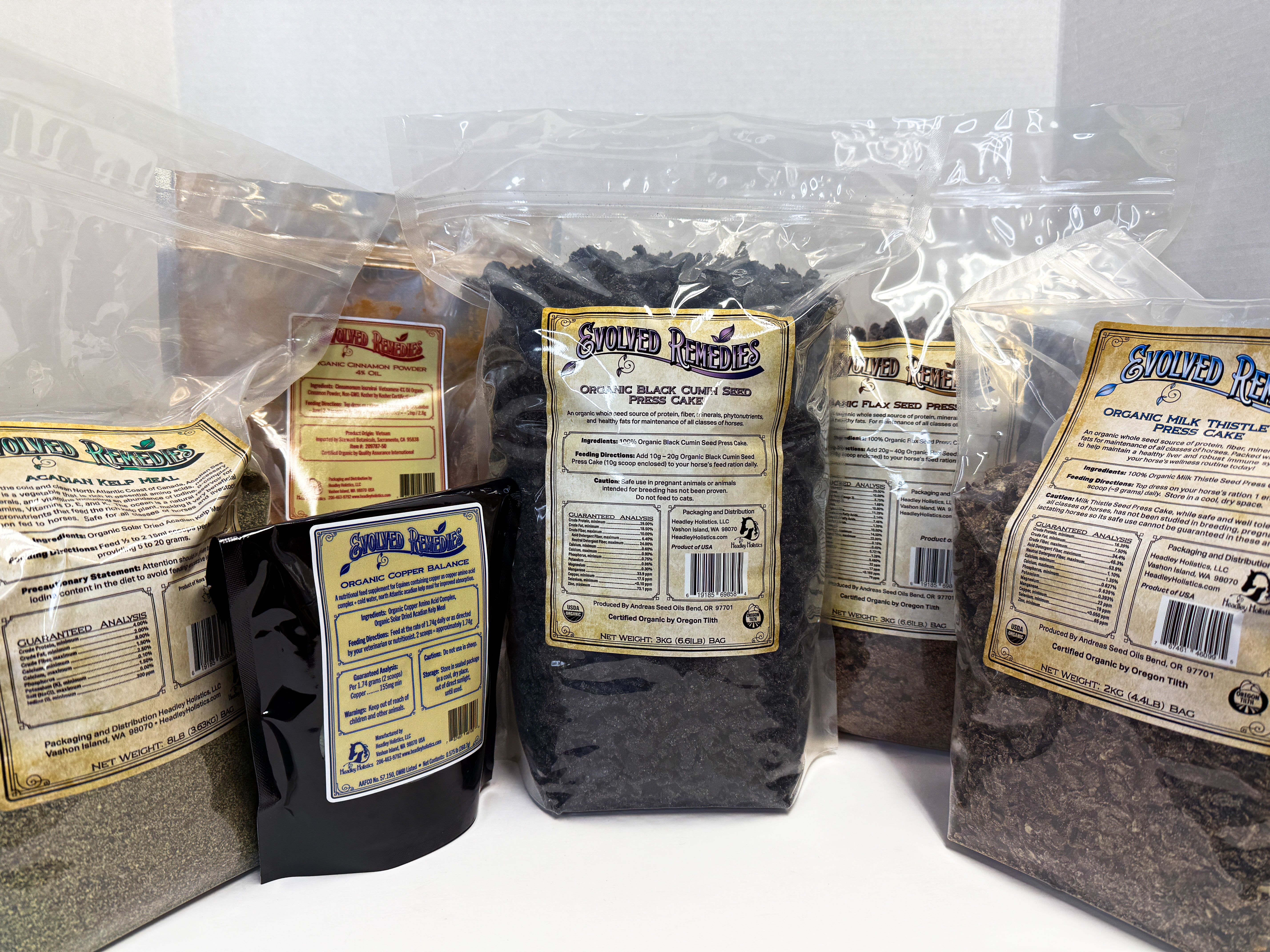
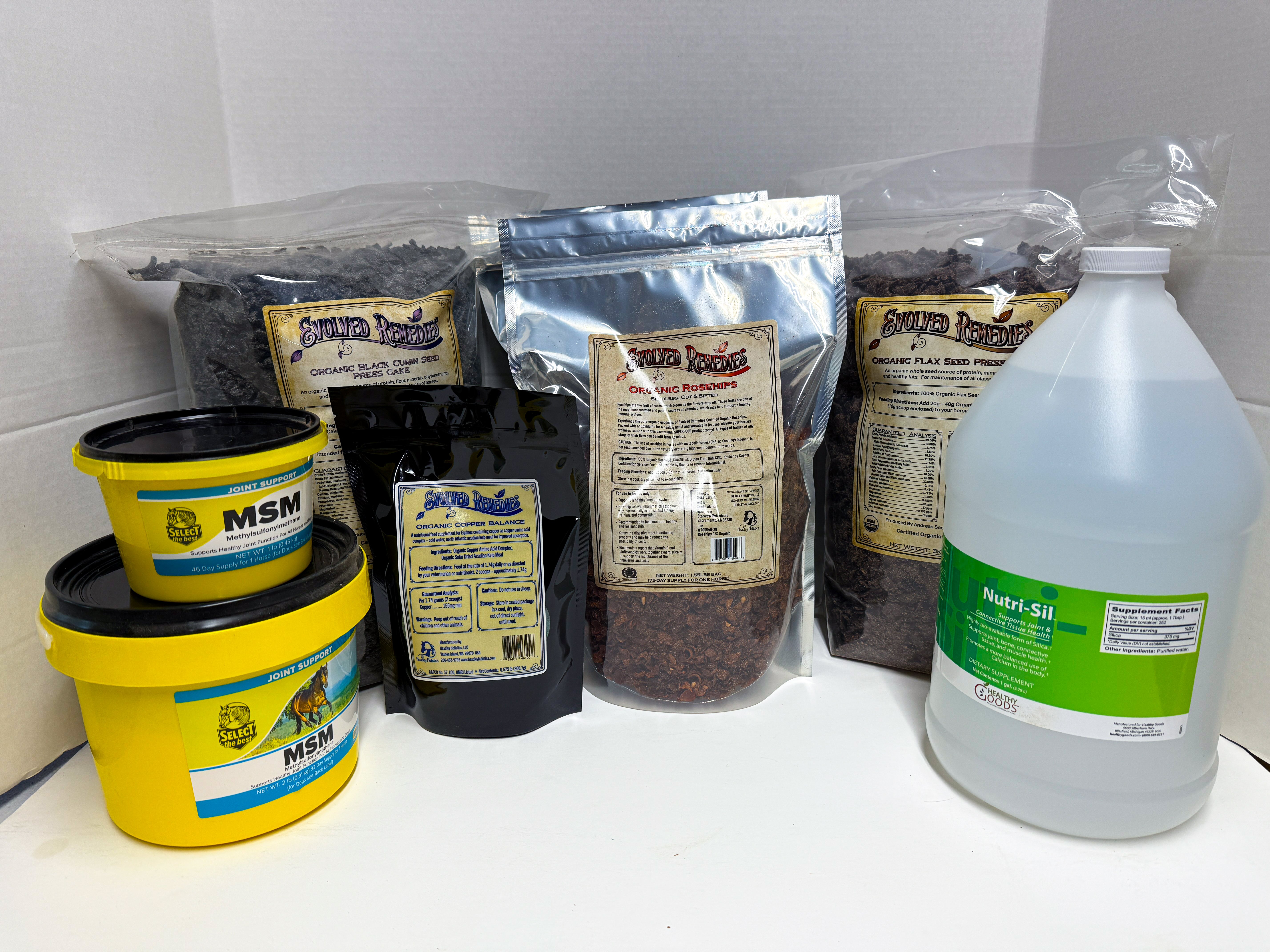
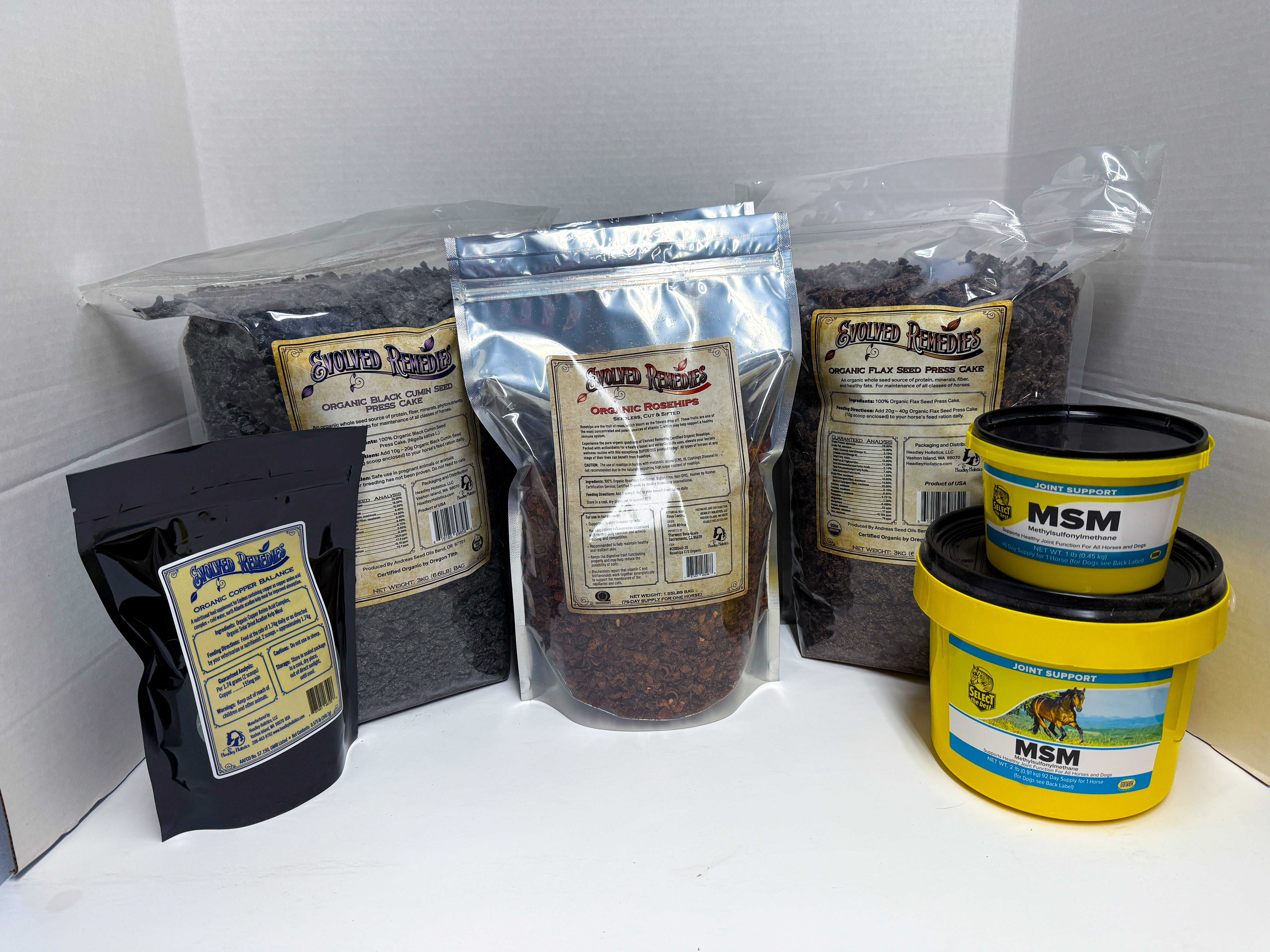
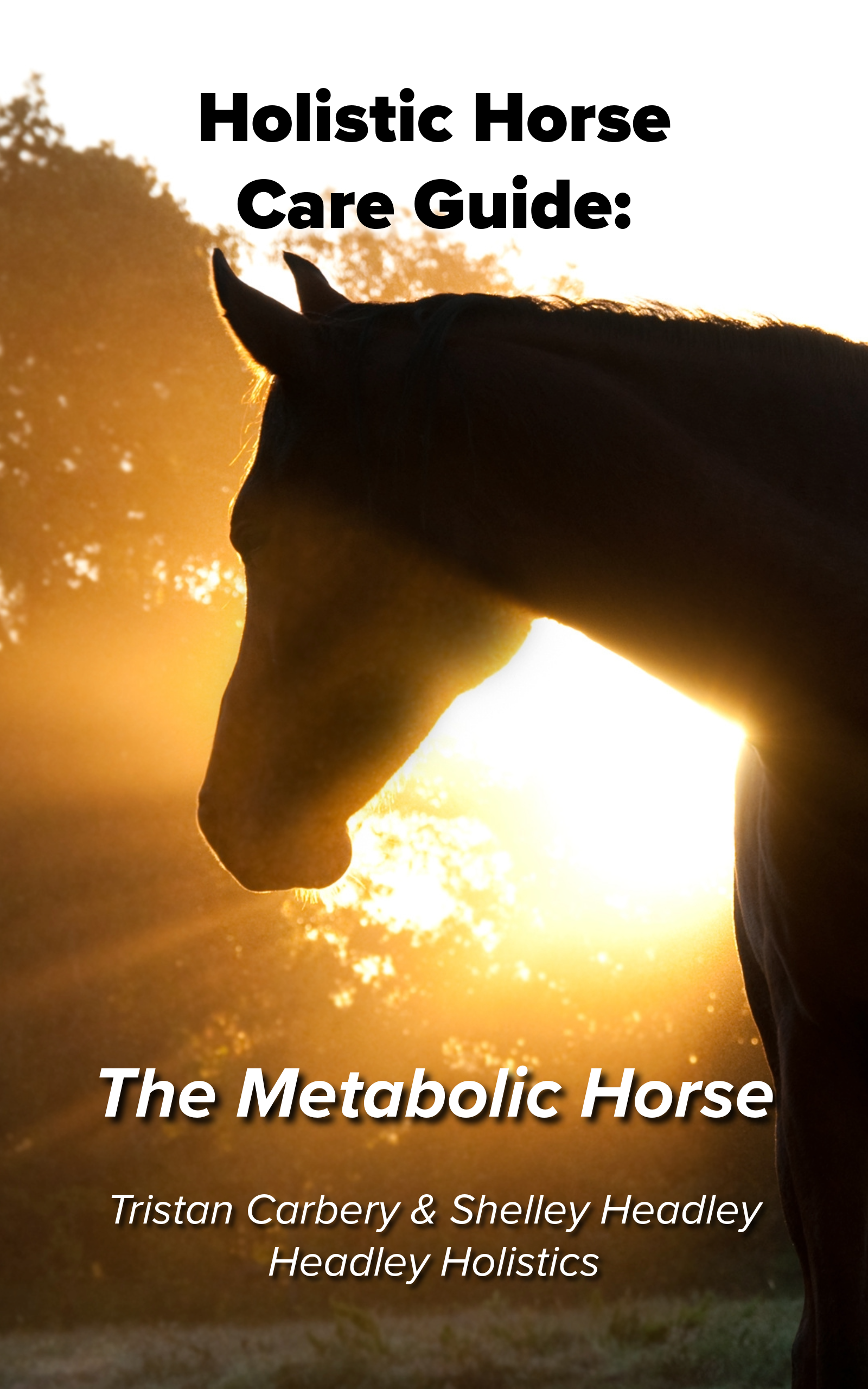
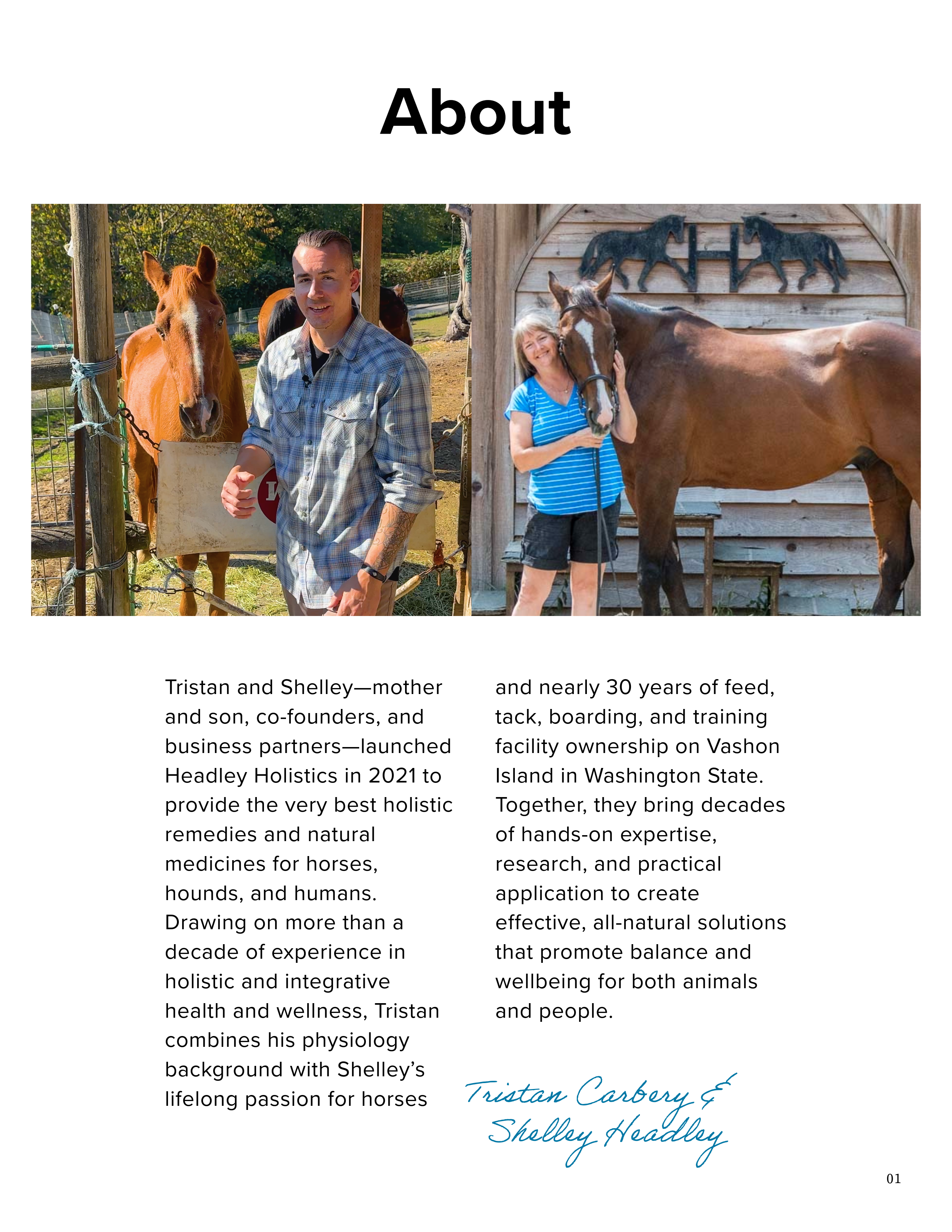
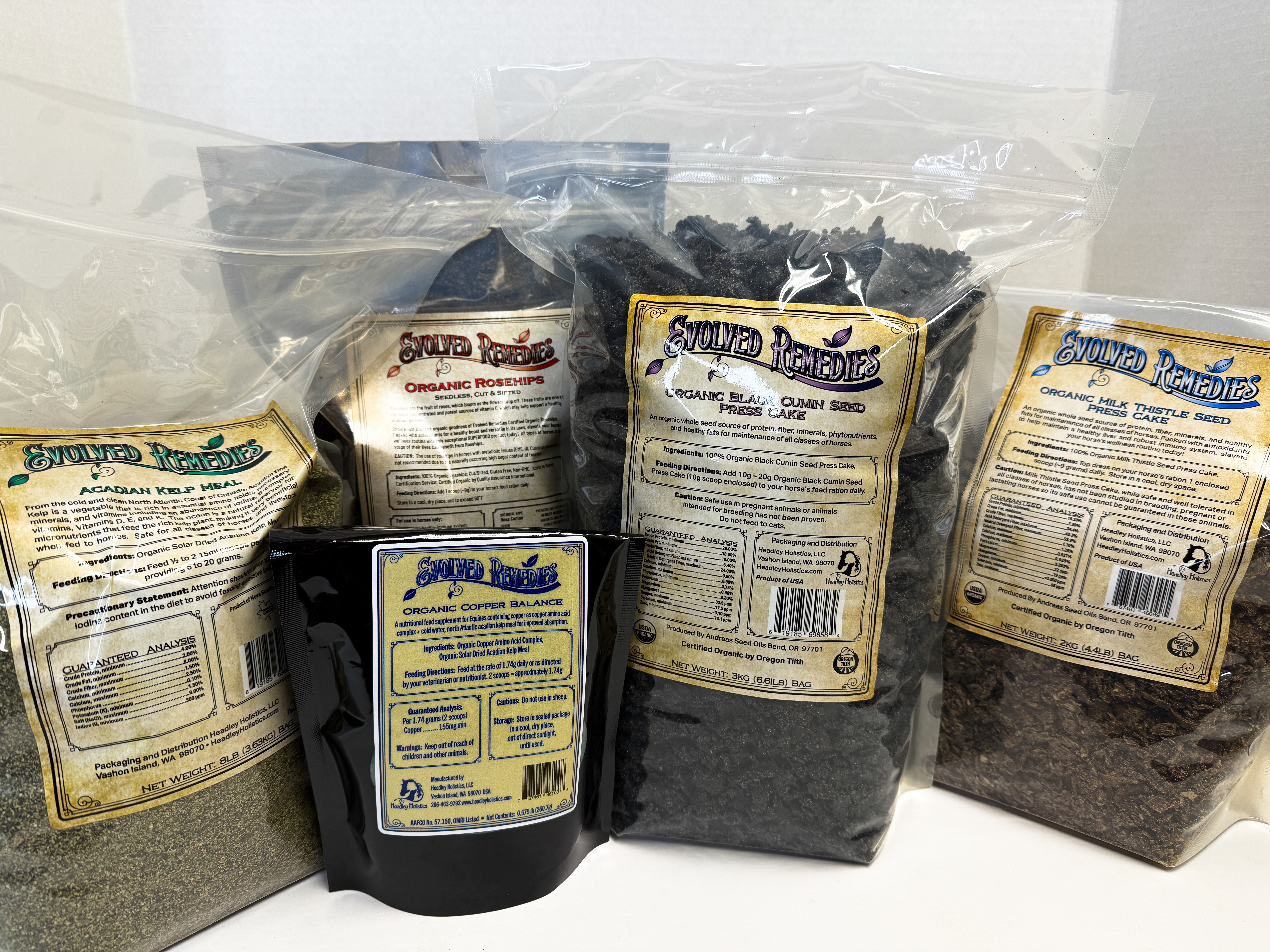
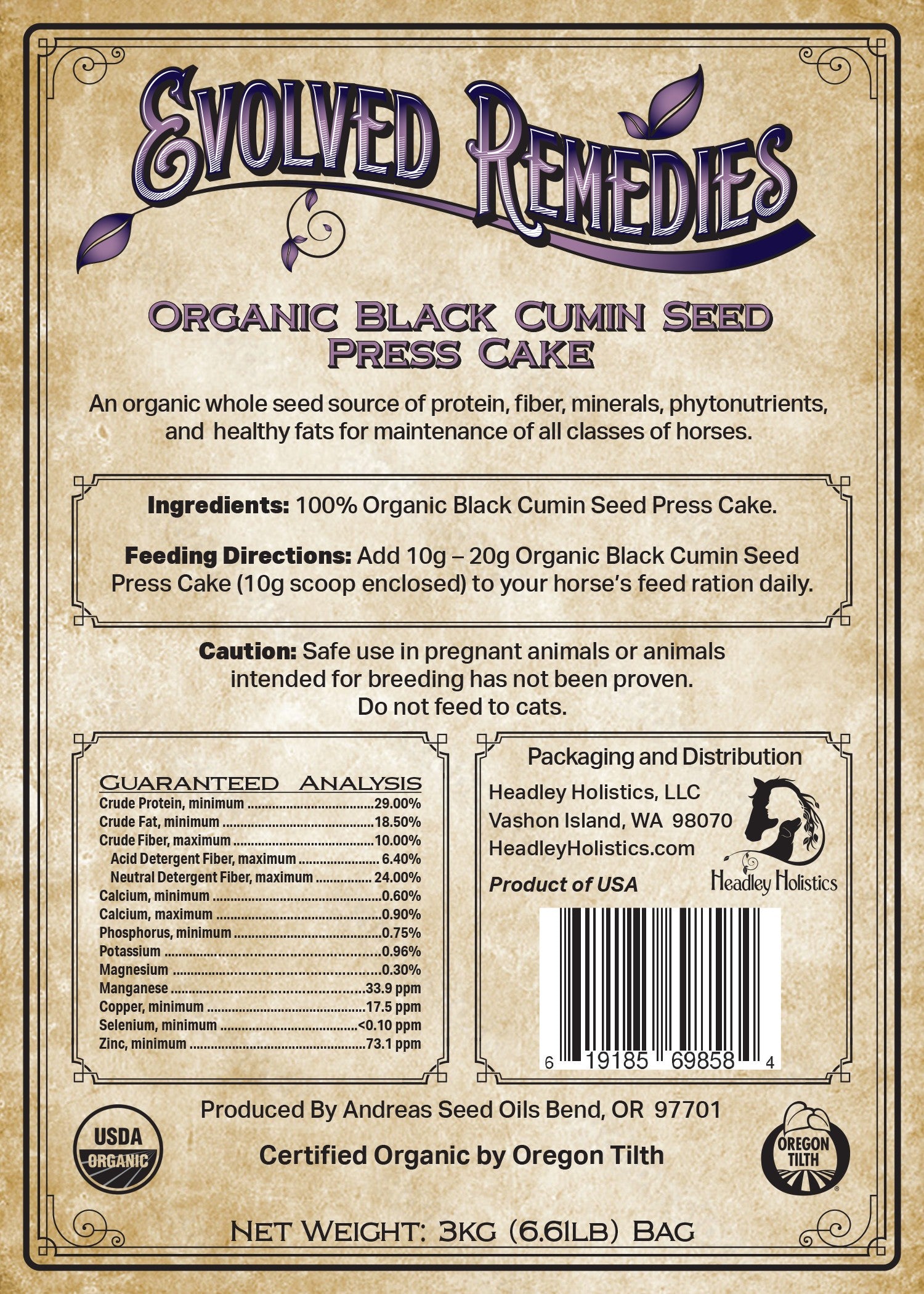
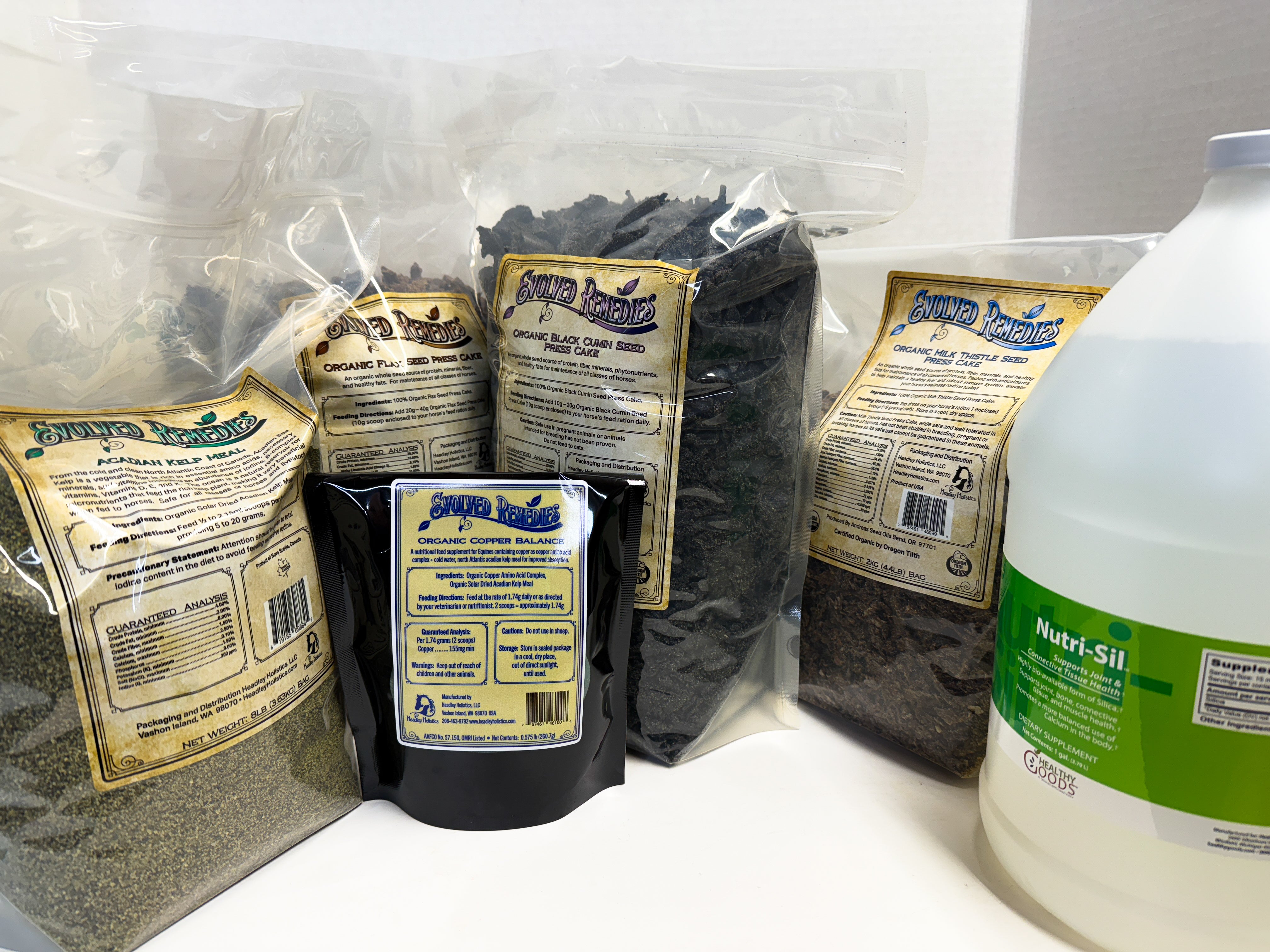
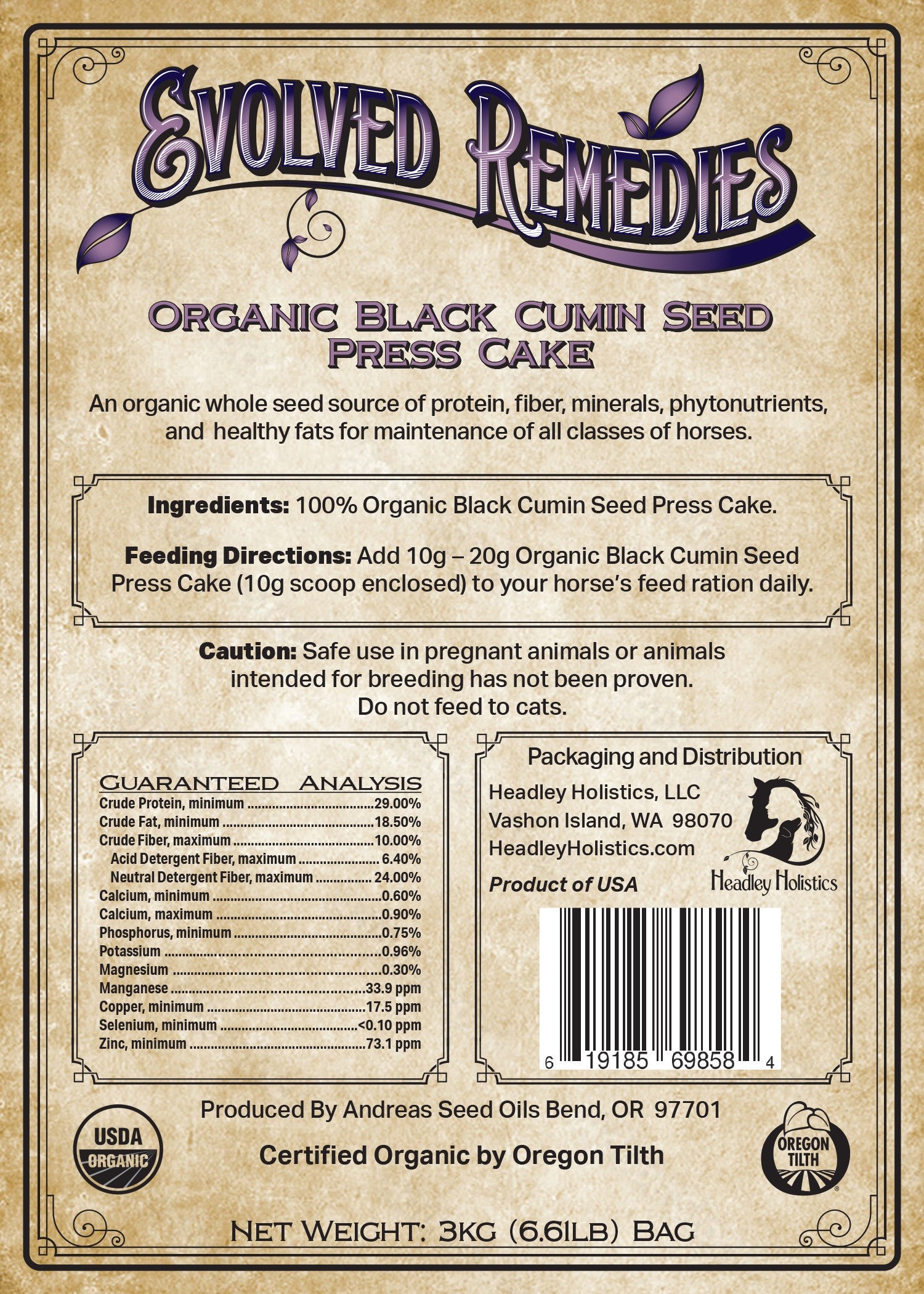

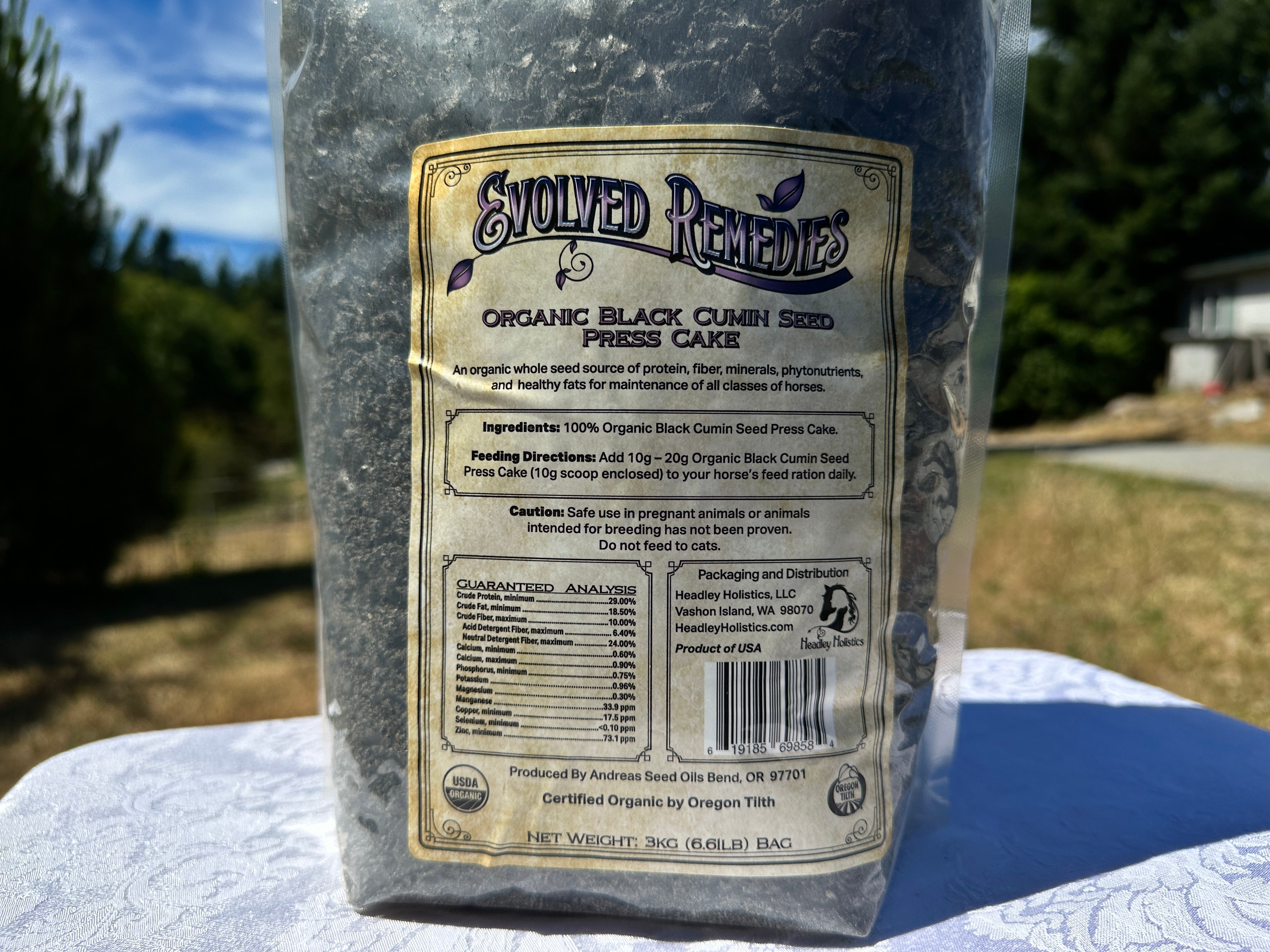
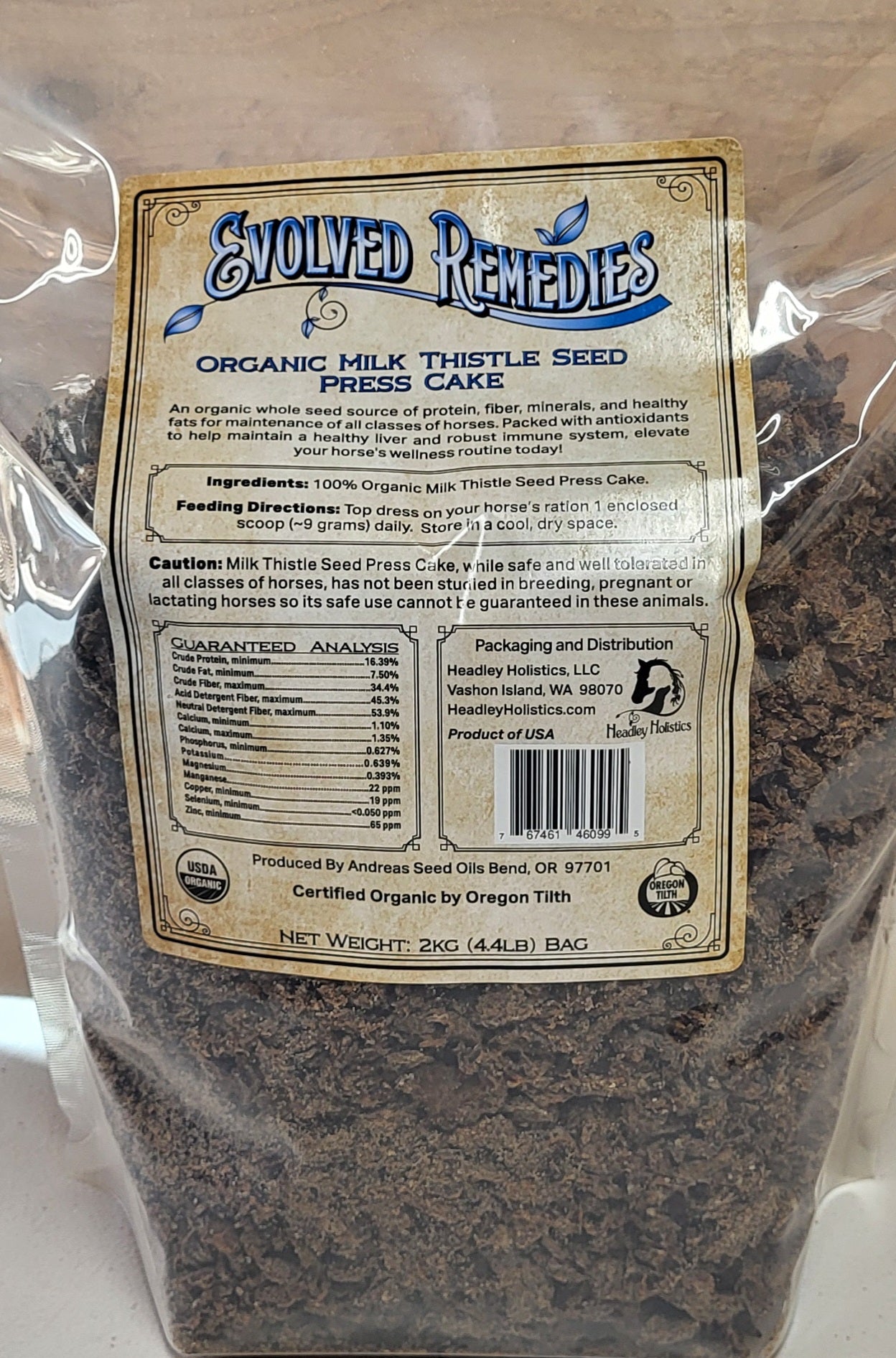
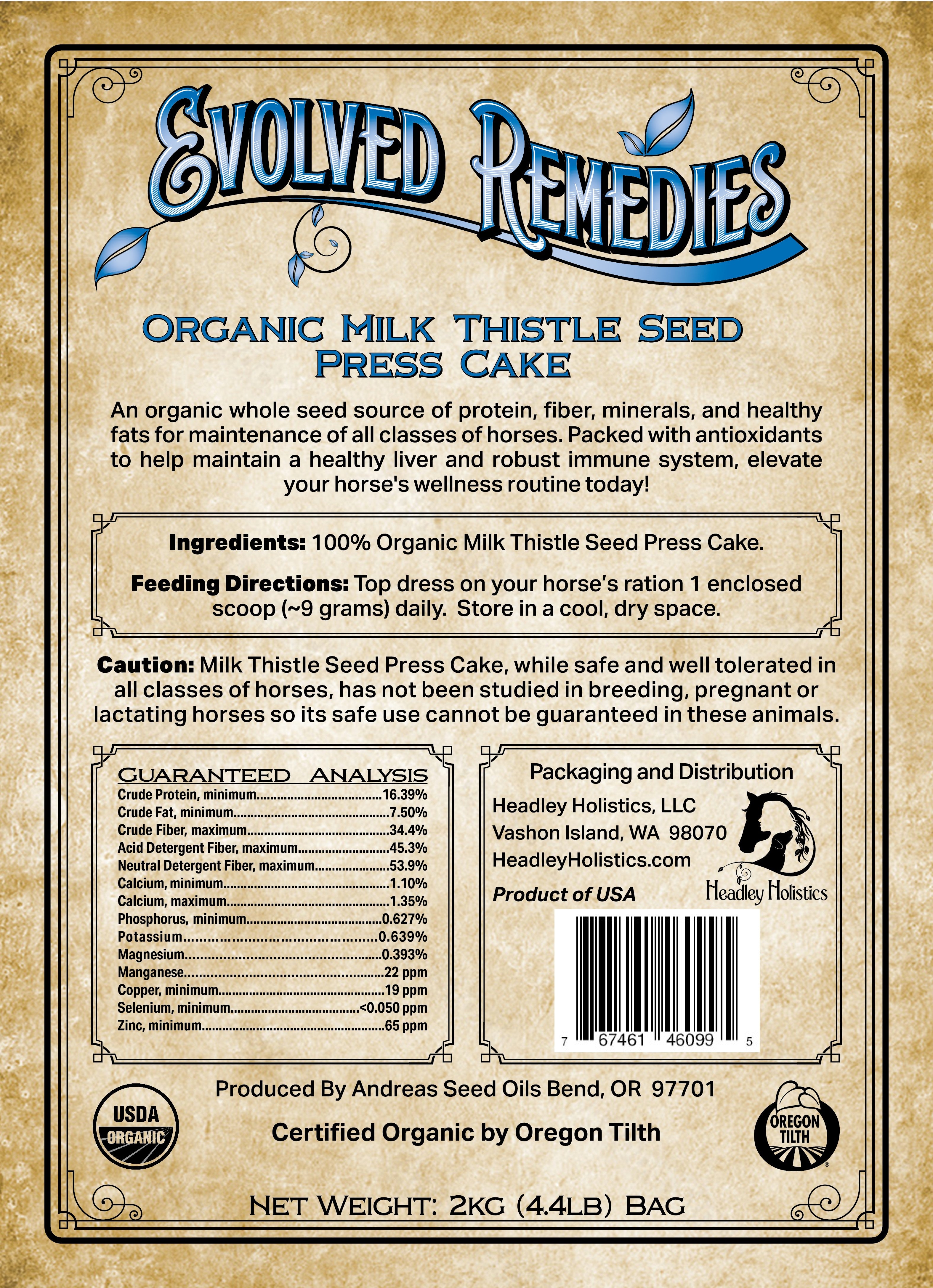
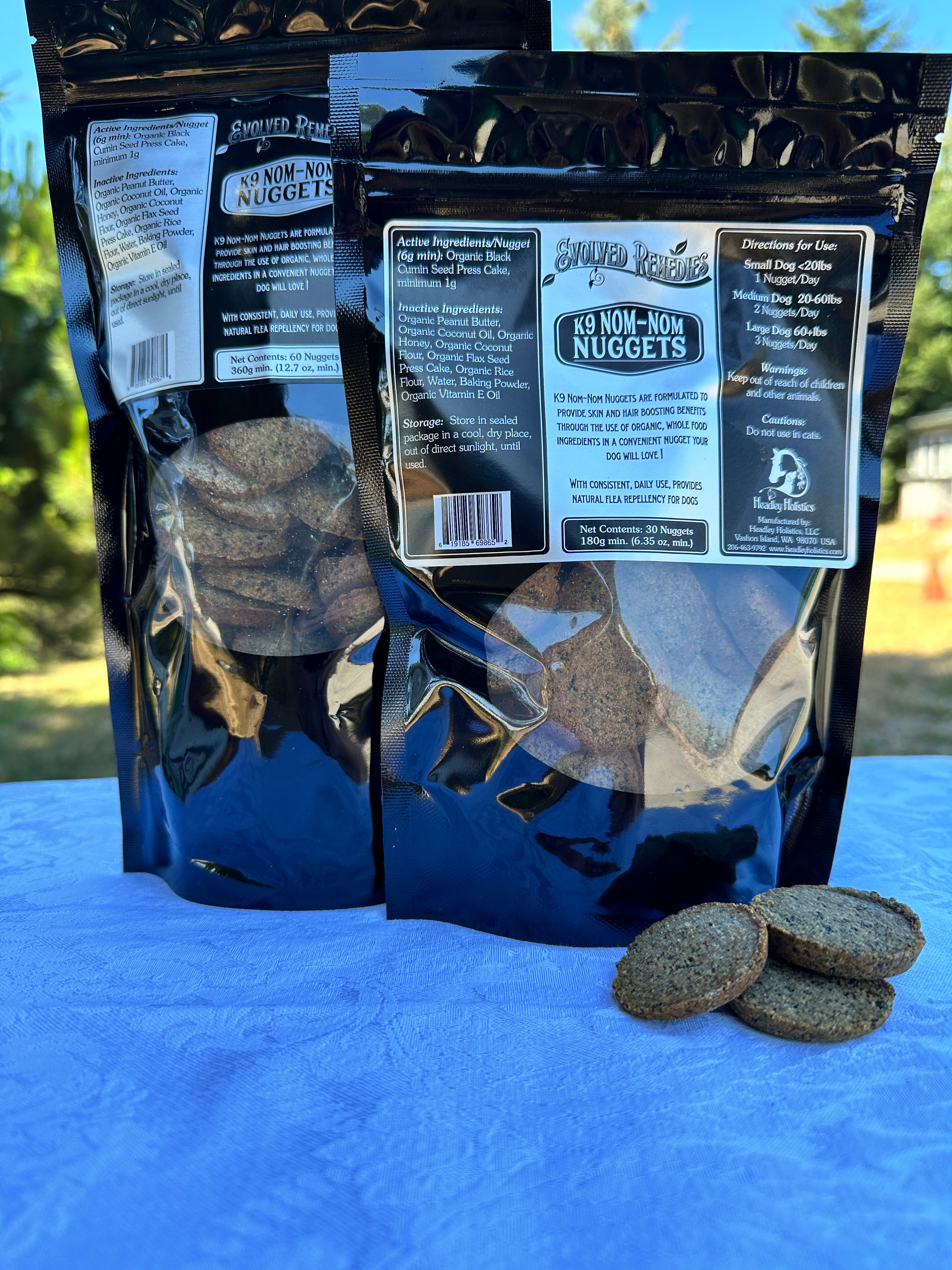
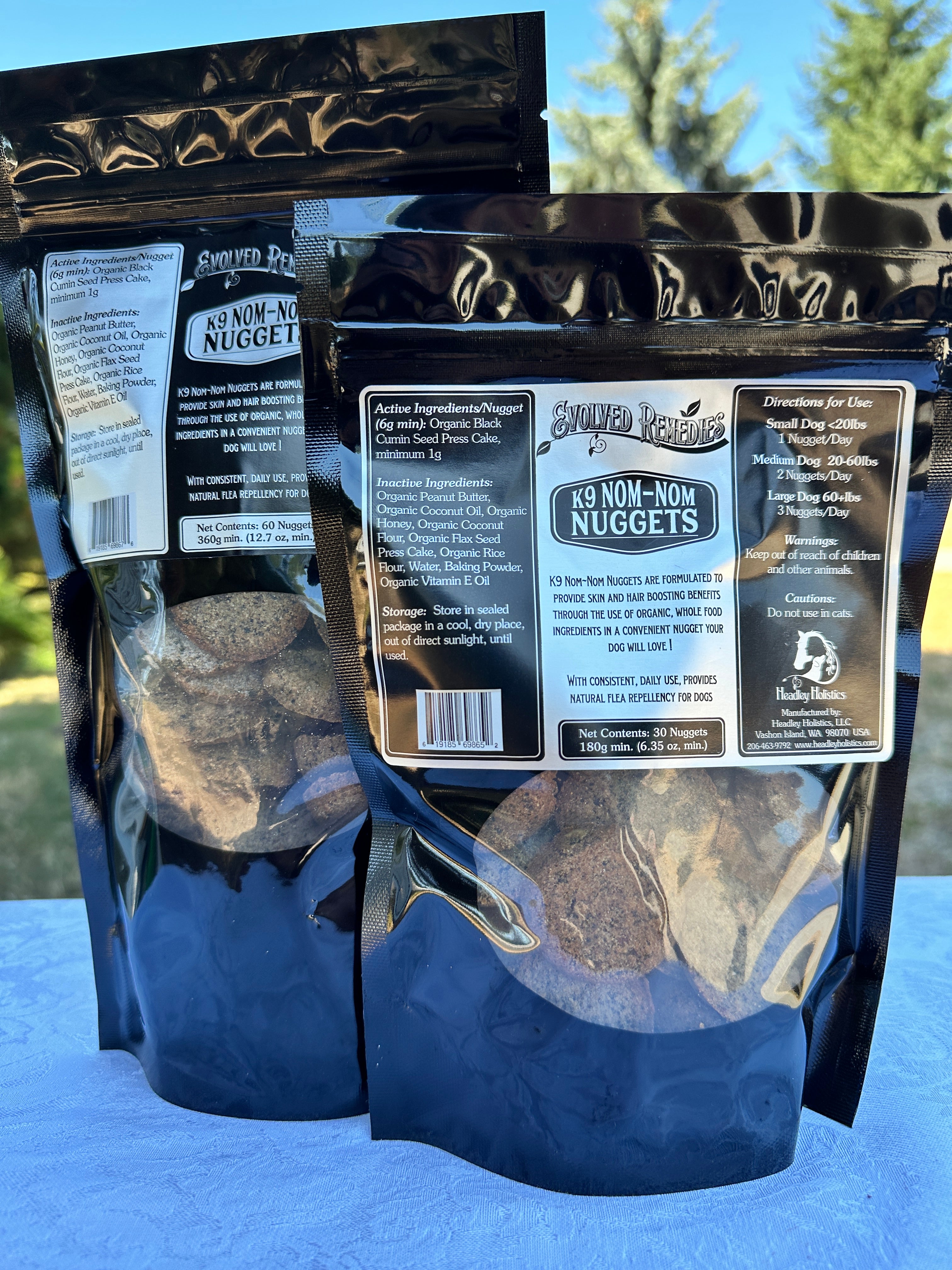
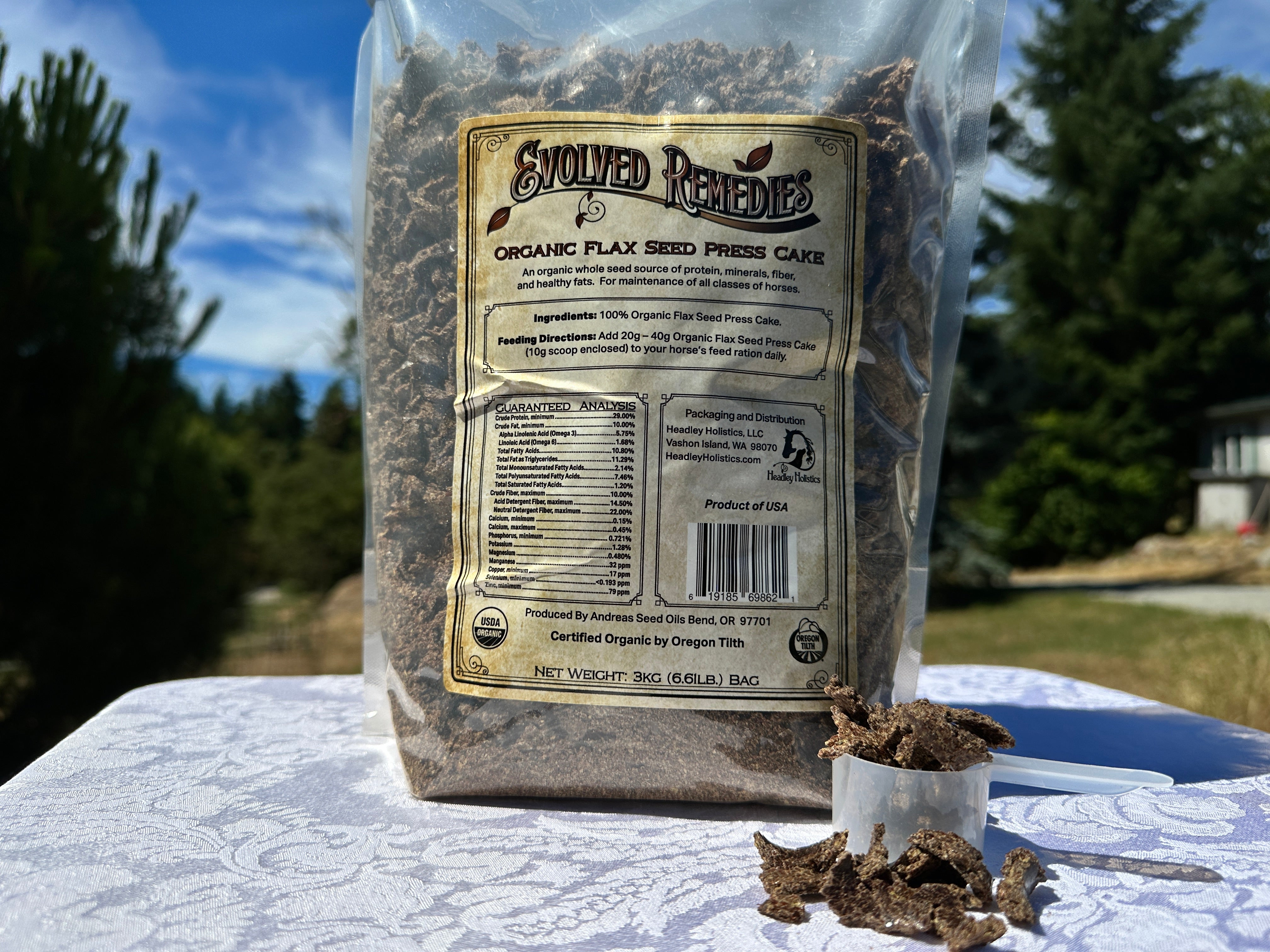
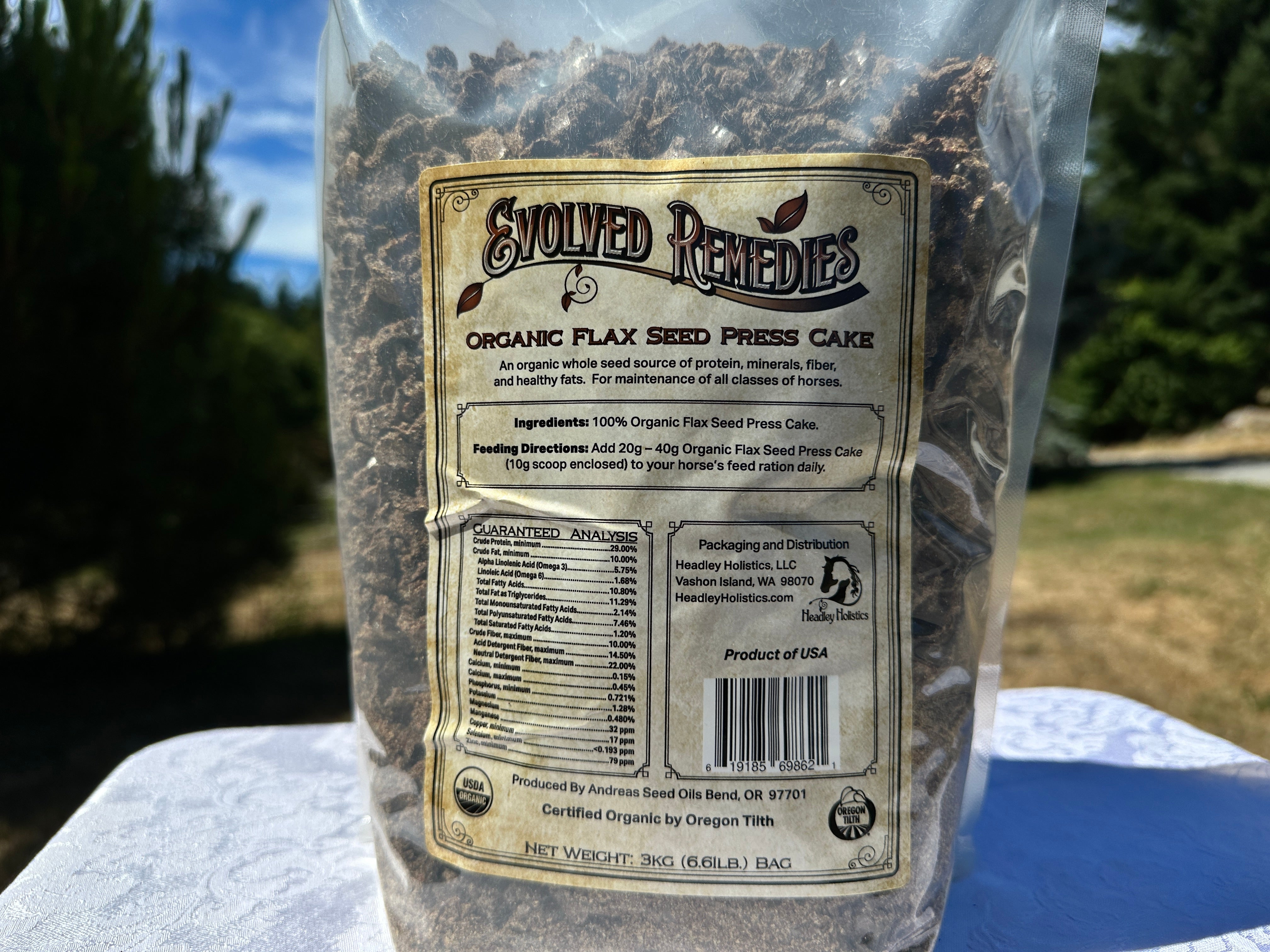
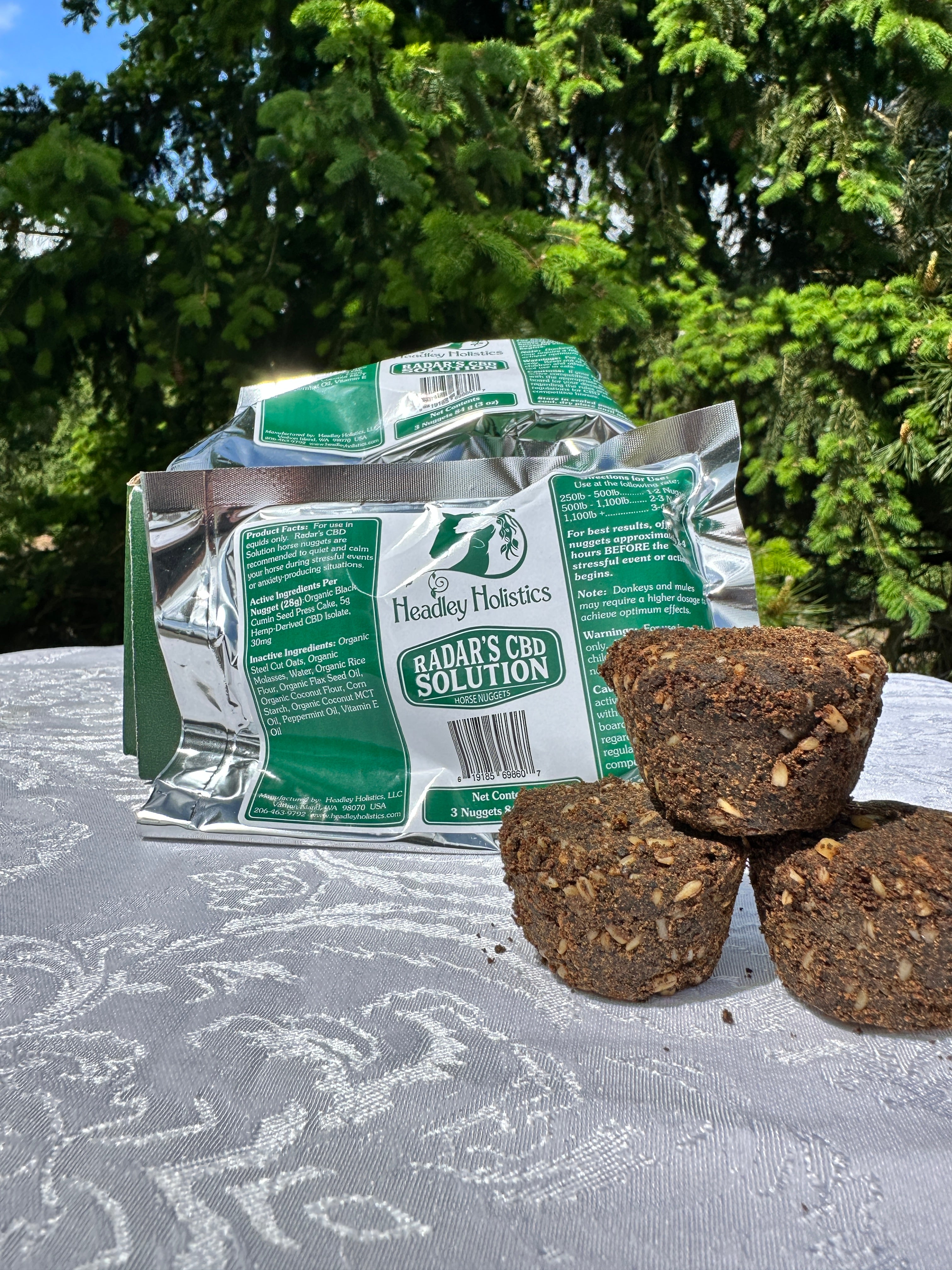
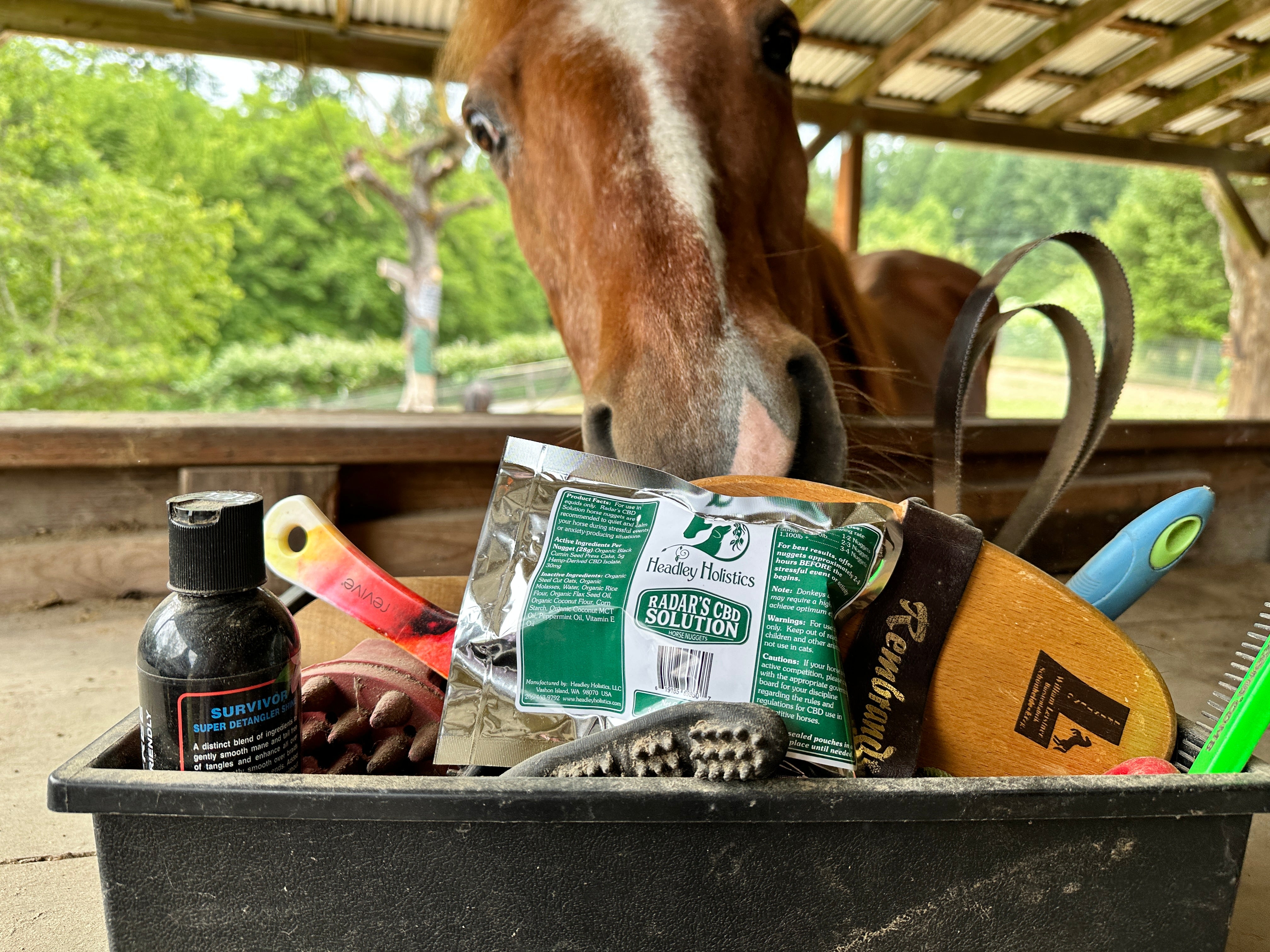

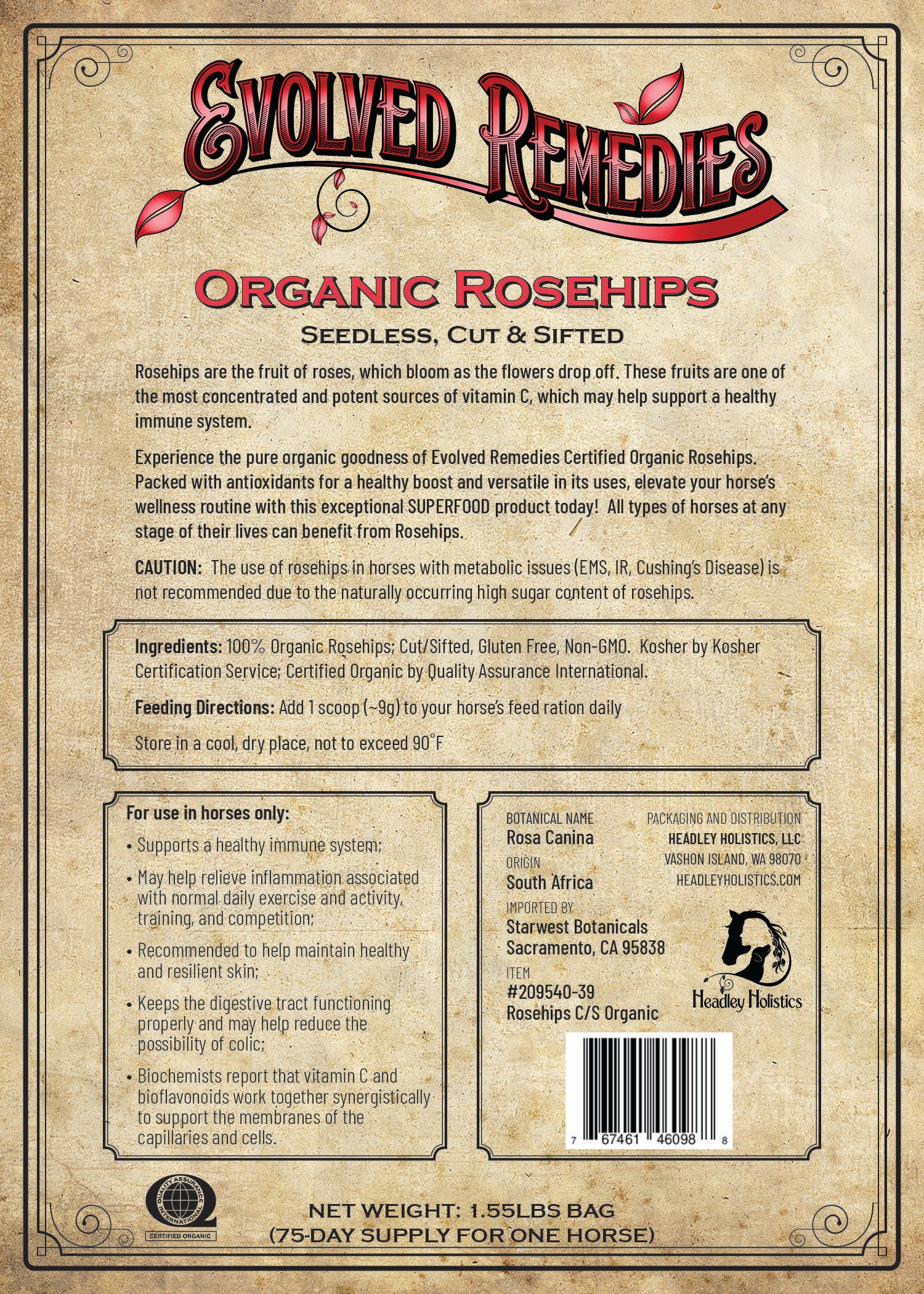

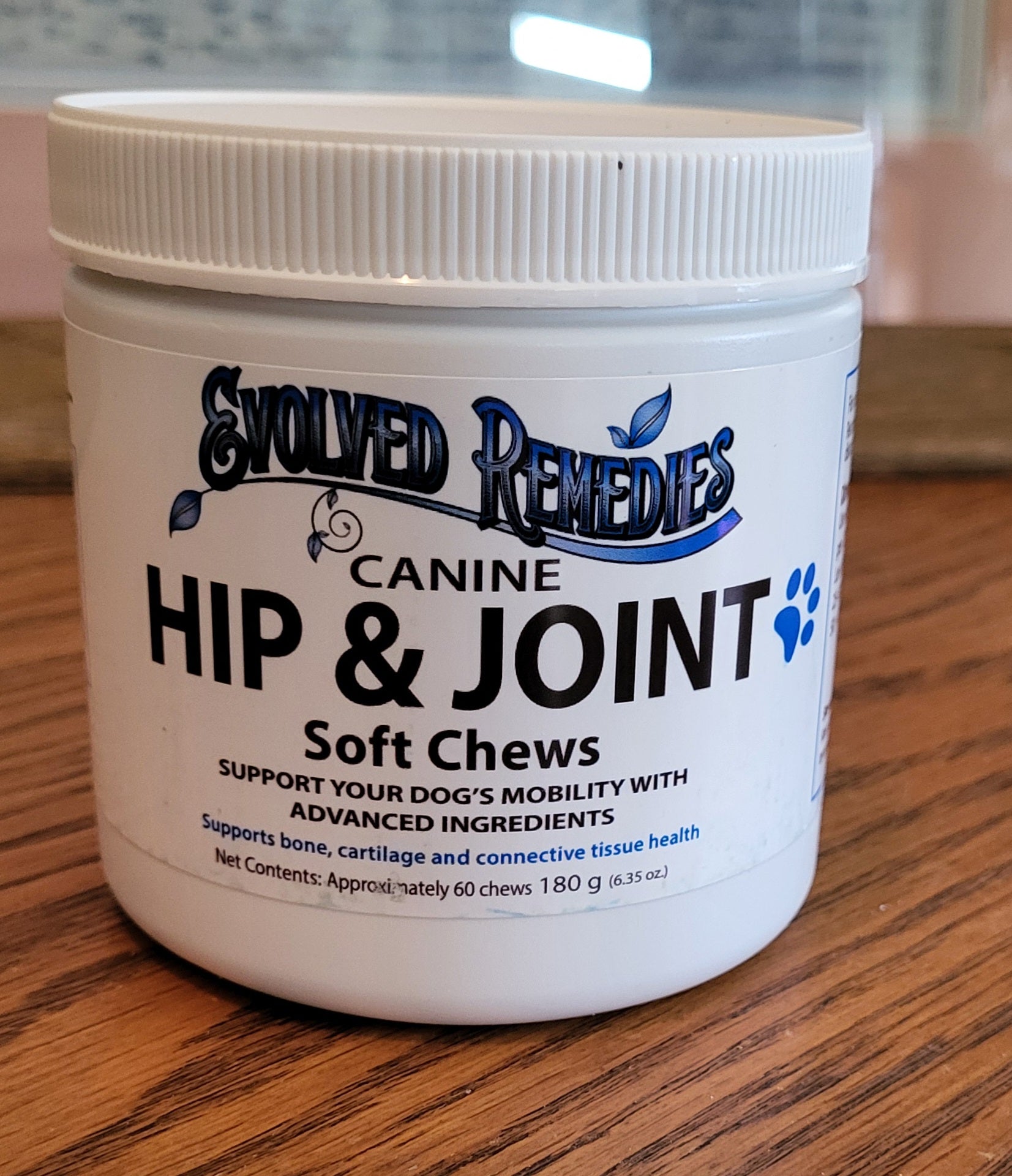
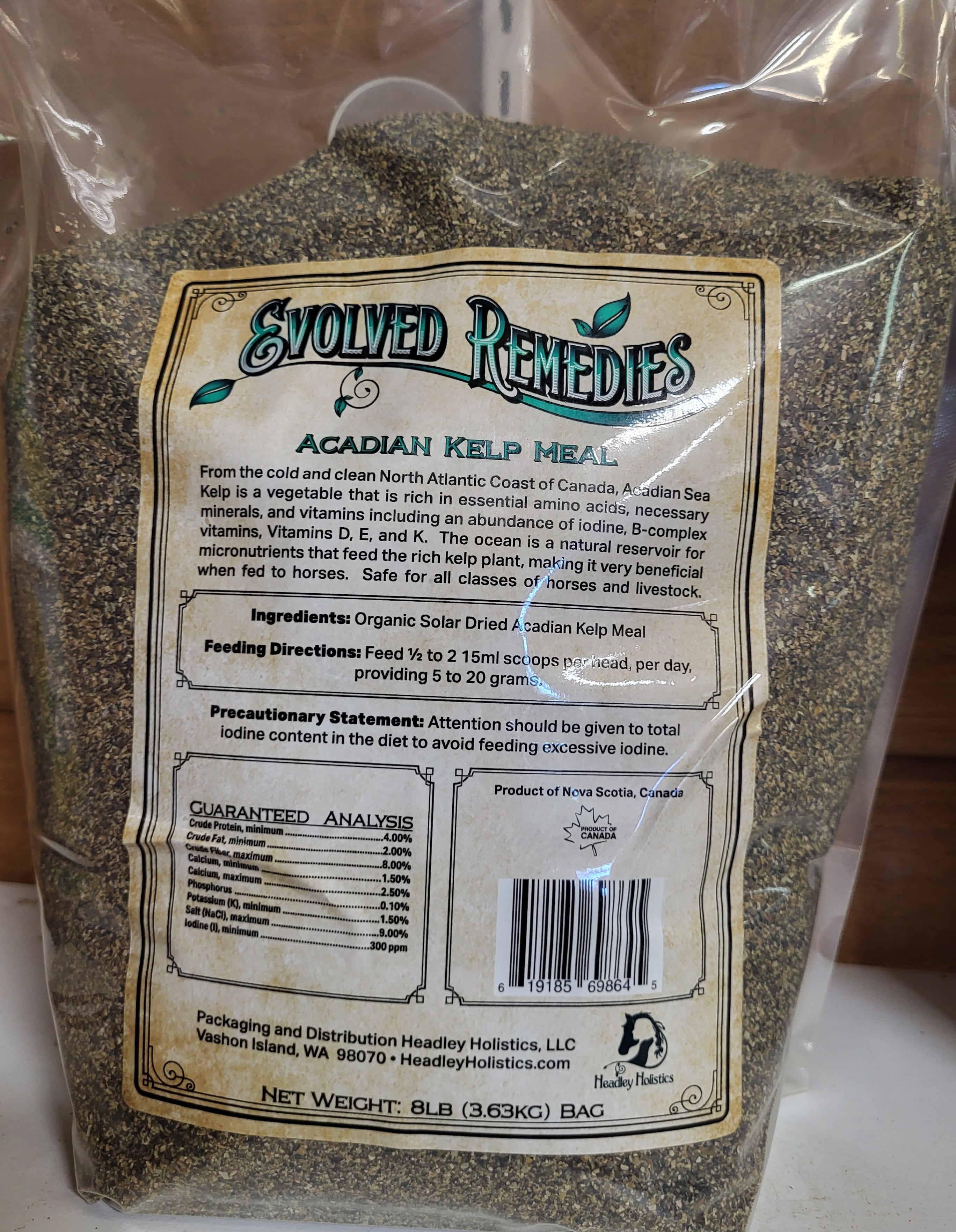


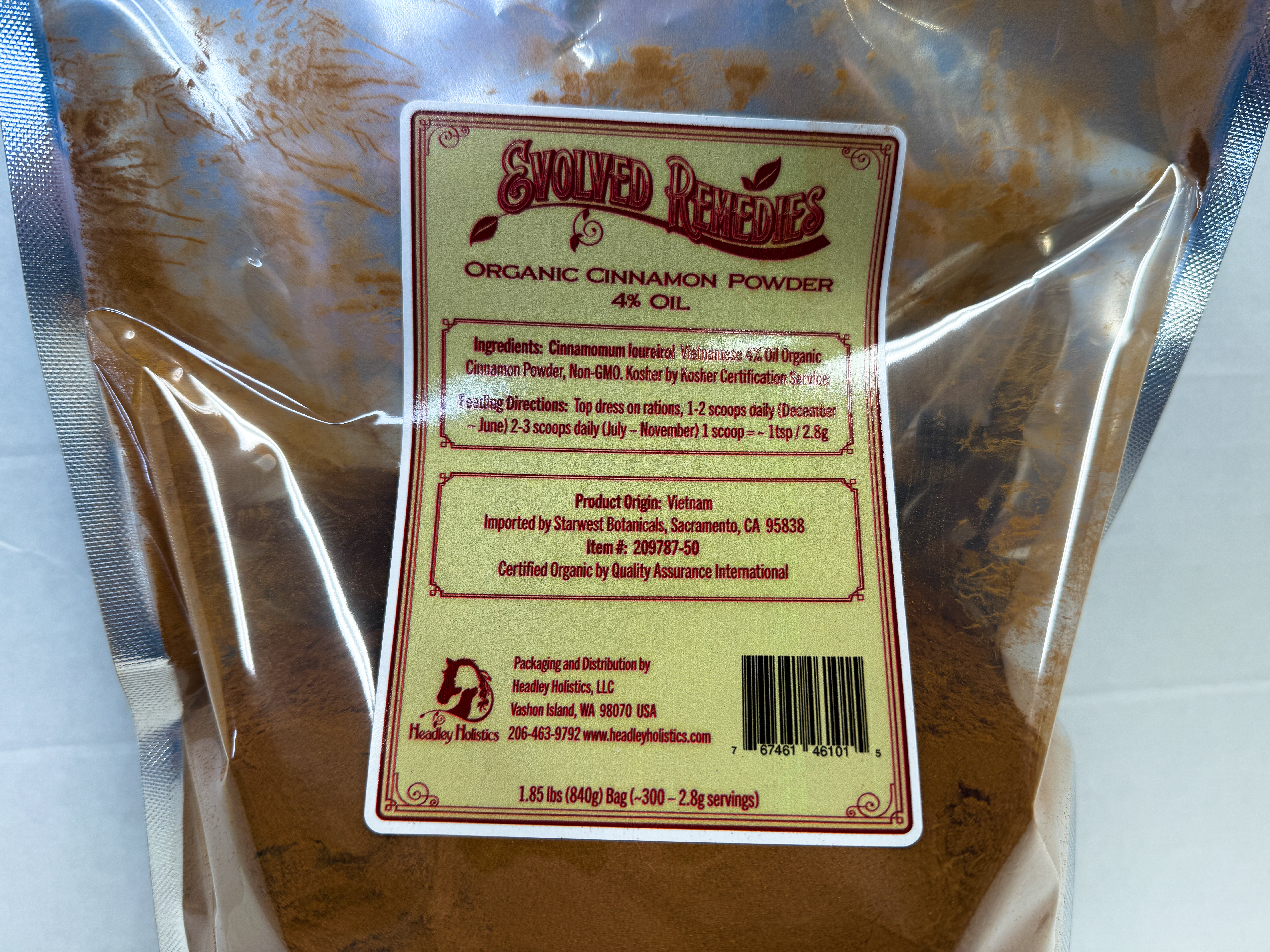

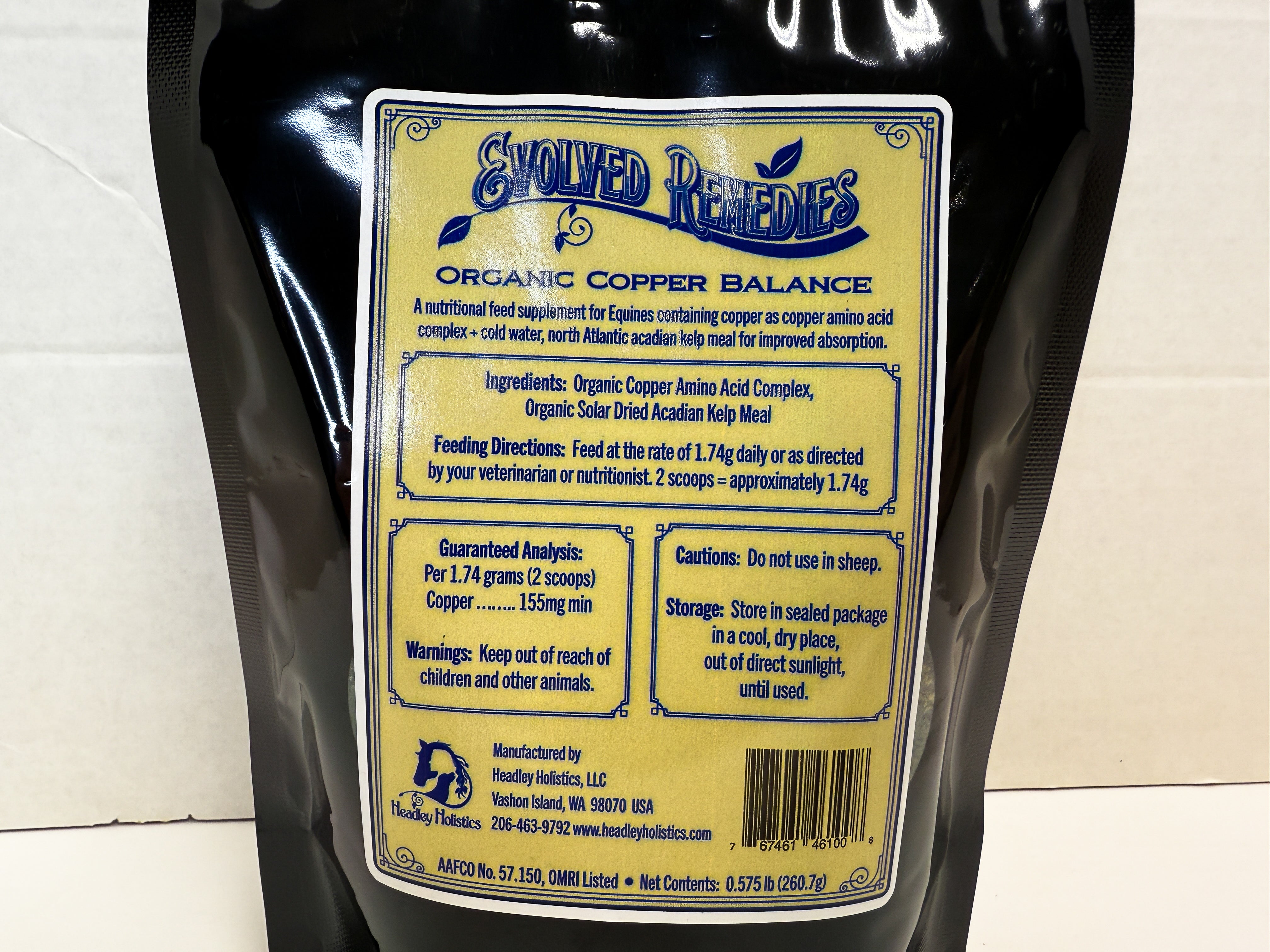
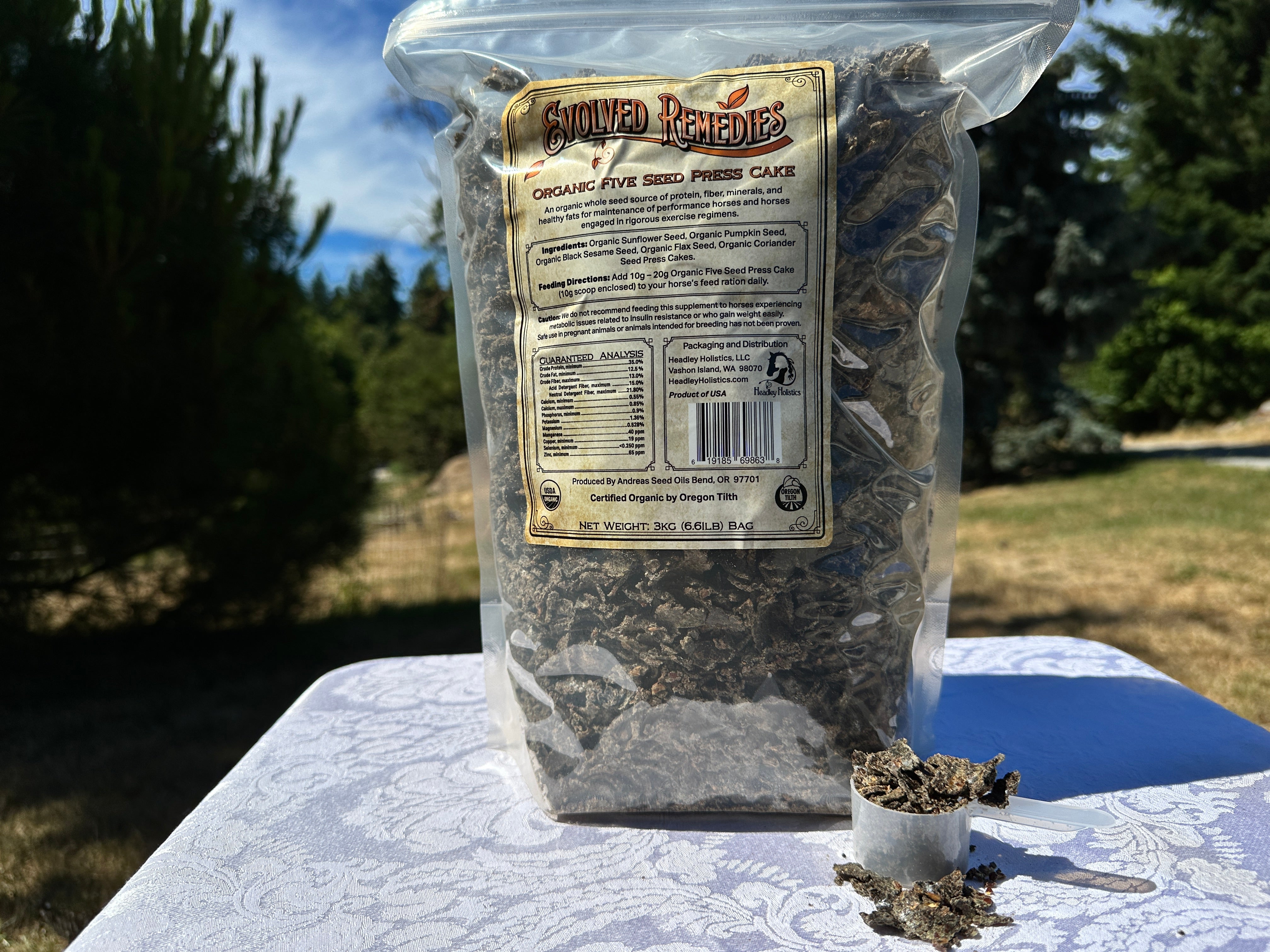
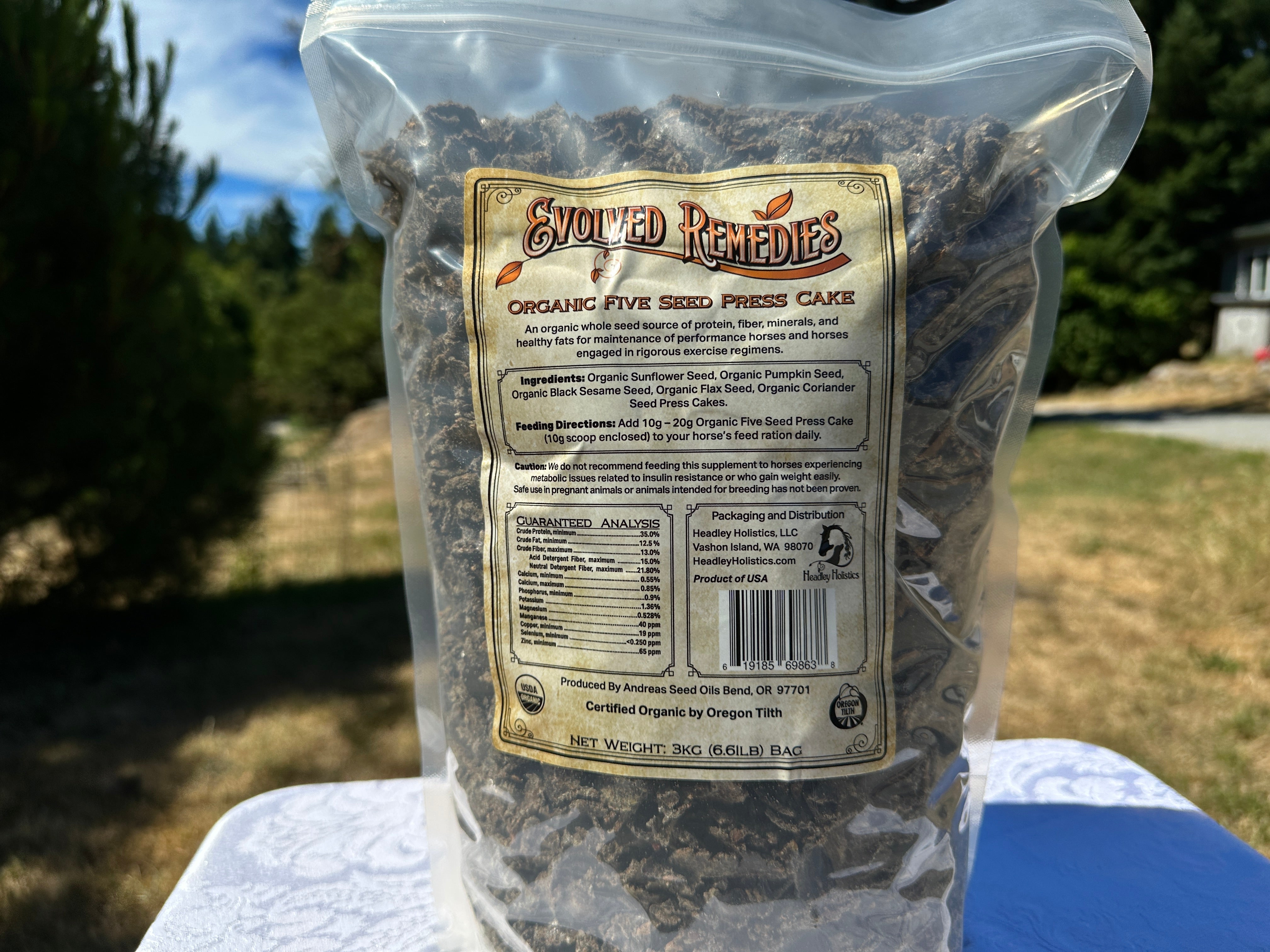
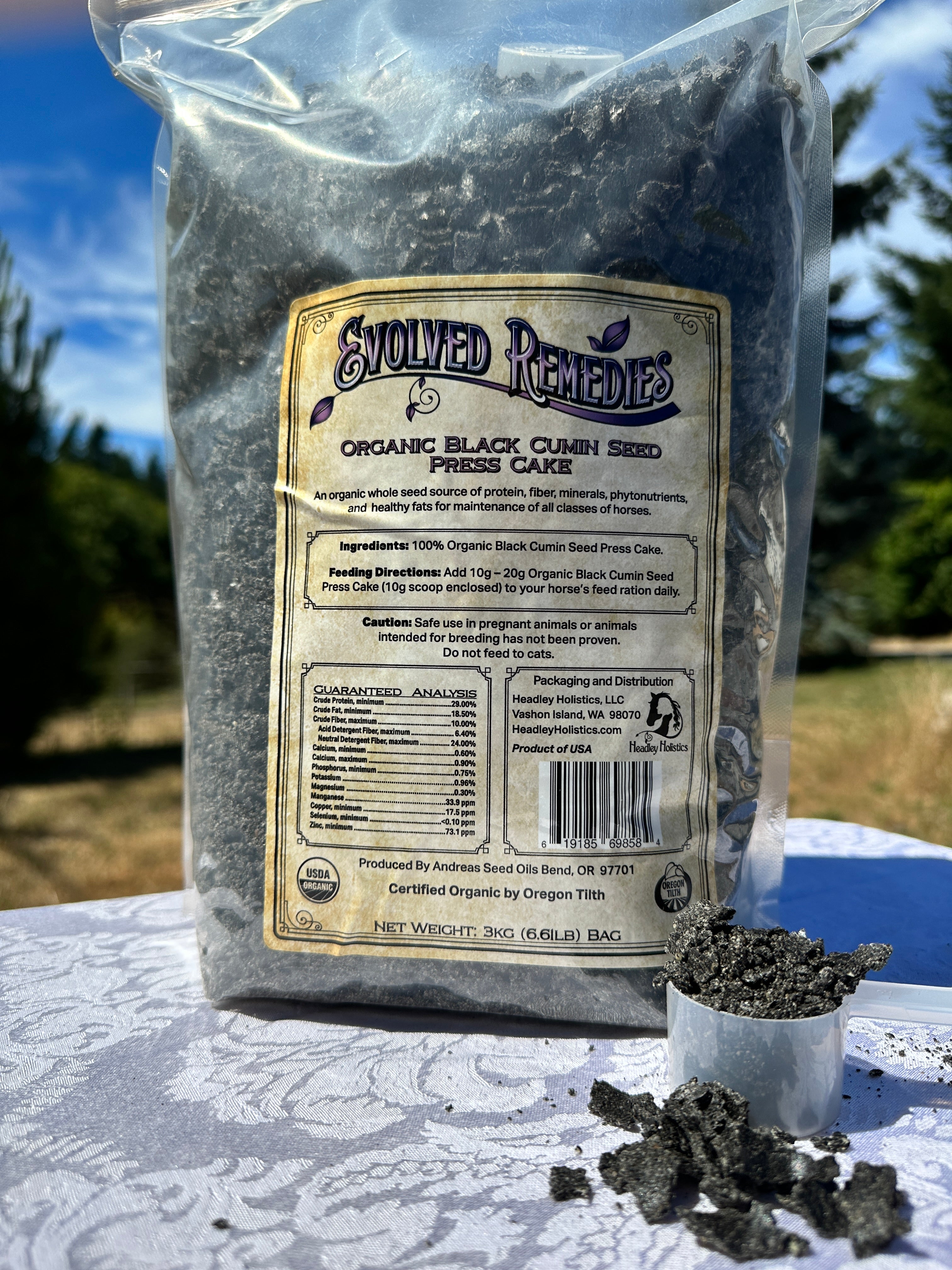
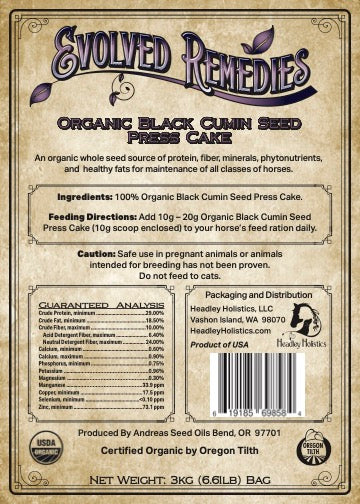
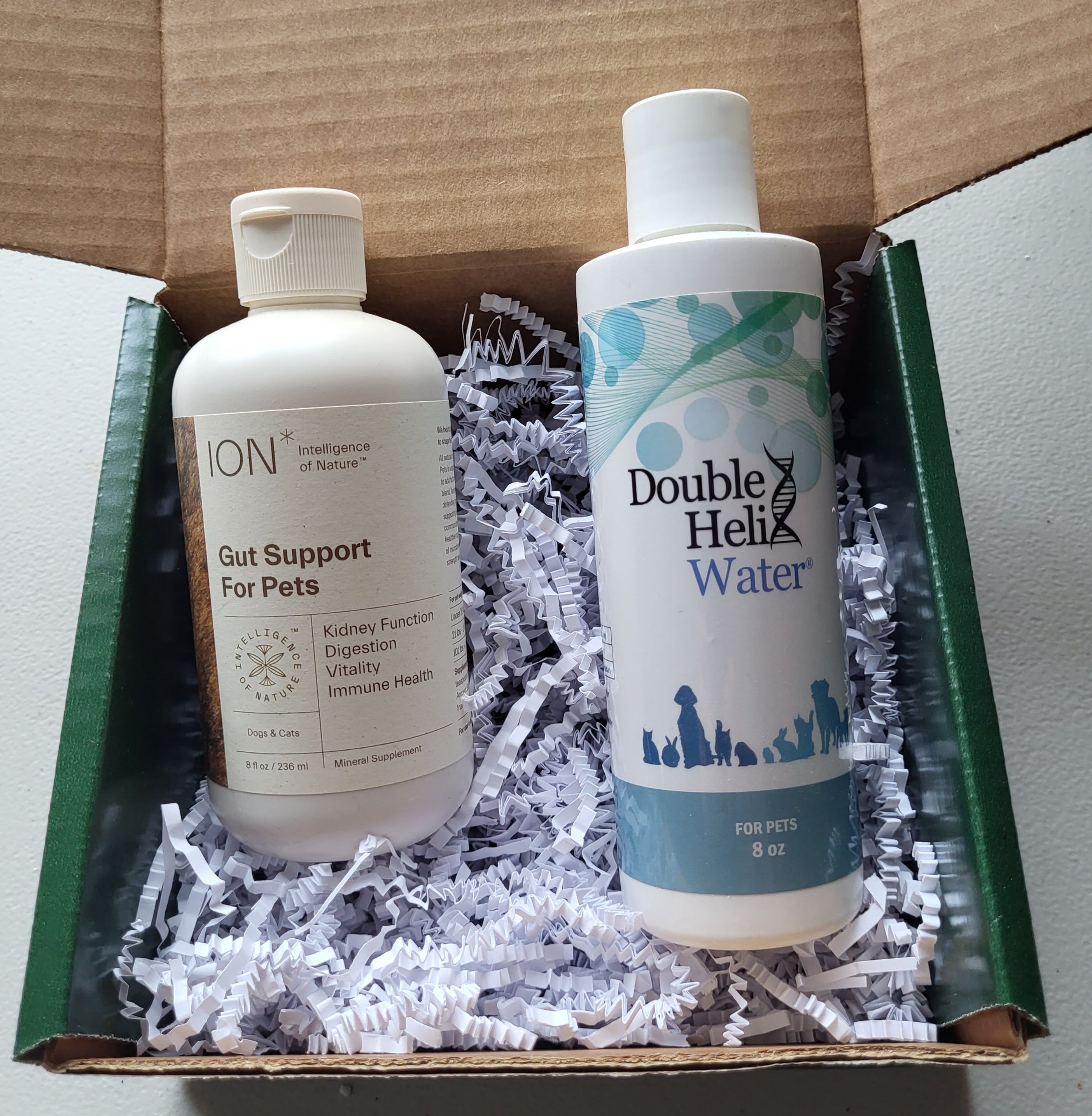
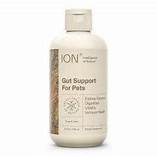
1 comment
When I started reading this article I knew exactly what you were going to say. Unfortunately we have so much more than glyphosate to worry about. The chemical we are consuming is beyond our control because it dumped on us all daily. So many people have no idea and don’t want to know what’s happening
Shelley
Leave a comment
This site is protected by hCaptcha and the hCaptcha Privacy Policy and Terms of Service apply.